We gaan weer op pad en vinden een plekje aan zee in Mahahual bij Los Piratos de Caribe. Een camping met een winkeltje voor basisbenodigdheden, een douche, een met algen bedekt strand en een bruine zee, dat volstaat voor ons. Er waait een harde wind, we staan alleen op de camping op 15 meter van de zee. Om te aperitieven hebben we een palapa met 2 krukjes, de elektriciteit voor de airco moeten we zelf maken met onze generator.



De storm gooit echter roet in het eten en we moeten de volgende dag al verhuizen naar de straatkant. De eigenaar is een Franse gediplomeerde kok en hij maakt voor ons een super lekkere pulpo klaar.


Vroeger dan voorzien vertrekken we omdat we niet kunnen snorkelen omdat de zee te woelig is. We keren terug naar Paa Muul. De camping van het Beachhotel staat deze keer vol met campers van de Trans American reizigers met Seabridge, een dure georganiseerde reis van 30.000 km van Zuid naar Noord Amerika in 180 dagen. Wij kamperen iets verder van zee achter een huizenrij die ons beschut tegen de felle wind.




Roos bezoekt de Maya site van Tumul, de enige Maya nederzetting die aan zee werd gebouwd. Patrick en Brunette komen ons plots vervoegen, een leuke verrassing! Regelmatig komt er een agoeti (goudhaas) voorbij, een groot knaagdier met rode oortjes.

Na een gesprek met de eigenaar van het duikstation willen we toch nog een duikje doen voor we terug naar huis gaan. Het duikstation stelt ons gratis duikflessen en een ademautomaat ter beschikking om ons materiaal te testen, als we met hen een duikje doen de volgende dag. De testen verlopen door de woelige zee niet vlekkeloos en we moeten een tweede poging ondernemen om te wennen aan het materiaal. De volgende dag gaan we op zee met een groep van 7 duikers, de oudste is 85 jaar oud. Wij duiken echter afzonderlijk met een tweede monitor.

Roos heeft eventjes problemen met een pijnlijke druk in haar rechteroor, maar dan volgt een super mooie duik, tussen 7 en 11 meter, technisch verloopt ook alles goed tot we terug naar boven komen, onze duikleidster heeft haar stijgboei vergeten en aan de oppervlakte worden we niet onmiddellijk opgemerkt door de schipper. De zee is woelig en we zijn allebei toch nog niet goed uitgelood waardoor we niet goed kunnen ademen. Het duurt erg lang voor we opgepikt worden en we zijn allebei uitgeput. Roos heeft daarbij nog last van een bloedend oor en is bang voor een perforatie. Een tweede duik zit er dus niet in, een bezoek aan een arts wel. We gaan naar een privékliniek en schrikken ons rot van de ontvangst. Het eerste wat ze willen is een garantiebedrag van 1500 $ dollar, als we het niet volledig nodig hebben zullen ze het saldo terugstorten, indien de behandeling meer zou kosten moet er weer betaald worden of de behandeling wordt gestopt. We denken dat de modale Mexicaan hier niet terecht kan. De spoedarts is zeer goed in het invullen van papieren en het stellen van stomme vragen maar onderneemt verder niets behalve de vaststelling dat er bloed in het buitenoor zit. Een gespecialiseerde dokter wordt opgeroepen en Roos krijgt een bed en operatiehemd in de spoedafdeling.

Na 2 uur wachten vertelt men ons dat de arts niet zal komen die dag, ons humeur wordt er niet beter van. Een verpleger zorgt voor een prop in Roos’ oor en morgen kunnen we terugkomen voor een consultatie door de specialiste. De prijs van de voorbije consultatie is 68$ en de overige 1432$ zal men terugstorten. Er komt de volgende dag echter geen bevestiging van de kliniek en Roos gaat een paar dagen later naar een dokter, die naast een apotheek werkt, en krijgt goed nieuws: er is geen perforatie van het trommelvlies. De voorgeschreven medicijnen kopen we in de apotheek naast het kabinet van de dokter. Een grote geruststelling, we kunnen ons verder voorbereiden op de stalling van de tsjolbak en onze terugvlucht vanuit Cancun. De stalling gebeurt op een plaats midden in de mangrovebossen van Puerto Morelos. De laatste 2 dagen voor ons vertrek verblijven we daar in de woestenij en verzengende hitte.


Alle kleren die niet gedragen zijn worden verpakt in plastic zakken, voorzien van een ventiel om ze ongeveer luchtledig te houden, alles wat gedragen is gaat naar de wasserij, de eigenaar van de stalplaats zorgt voor het brengen en ophalen. Met een Uber doen we de verplaatsing naar het luchthaven van Cancun waar we gelukkig vroeg genoeg zijn. Aan de incheckbalie weigert men ons boardingticket te geven omdat we niet in orde zijn met onze immigratiepapieren, Roos’ verblijfsvisa is verlopen en Michel heeft geen immigratiekaart. Nadat we een boete van elk 35 $ dollar betaald hebben kunnen we inchecken. De vlucht verloopt zeer vlot en 9 uur later zijn we in Brussel. Het einde van een reis vol verassingen en veel goede oplossingen.

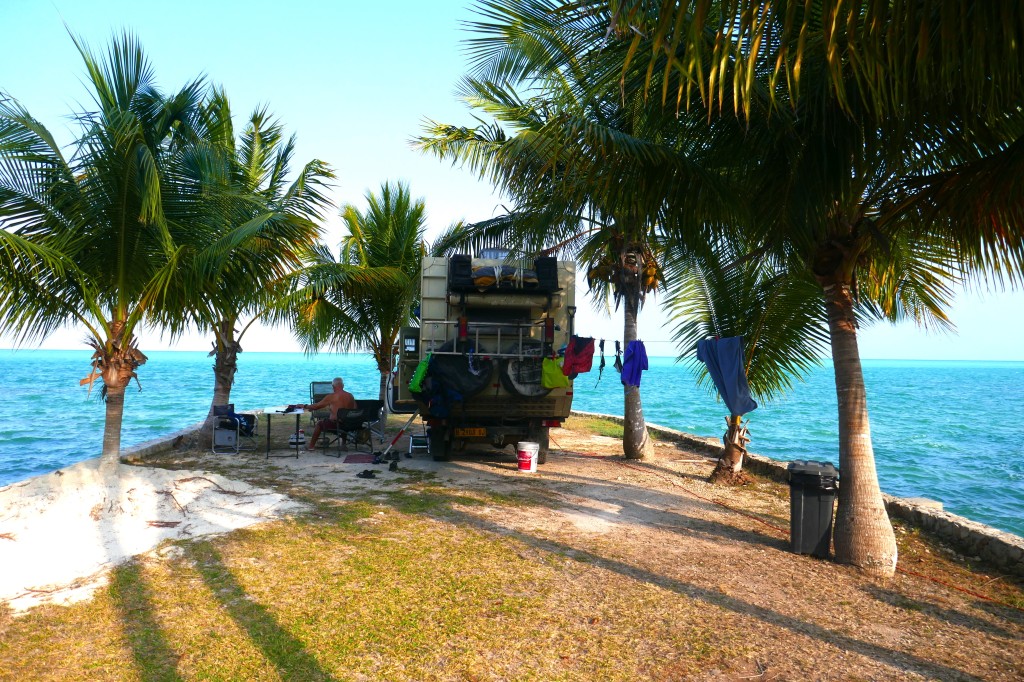
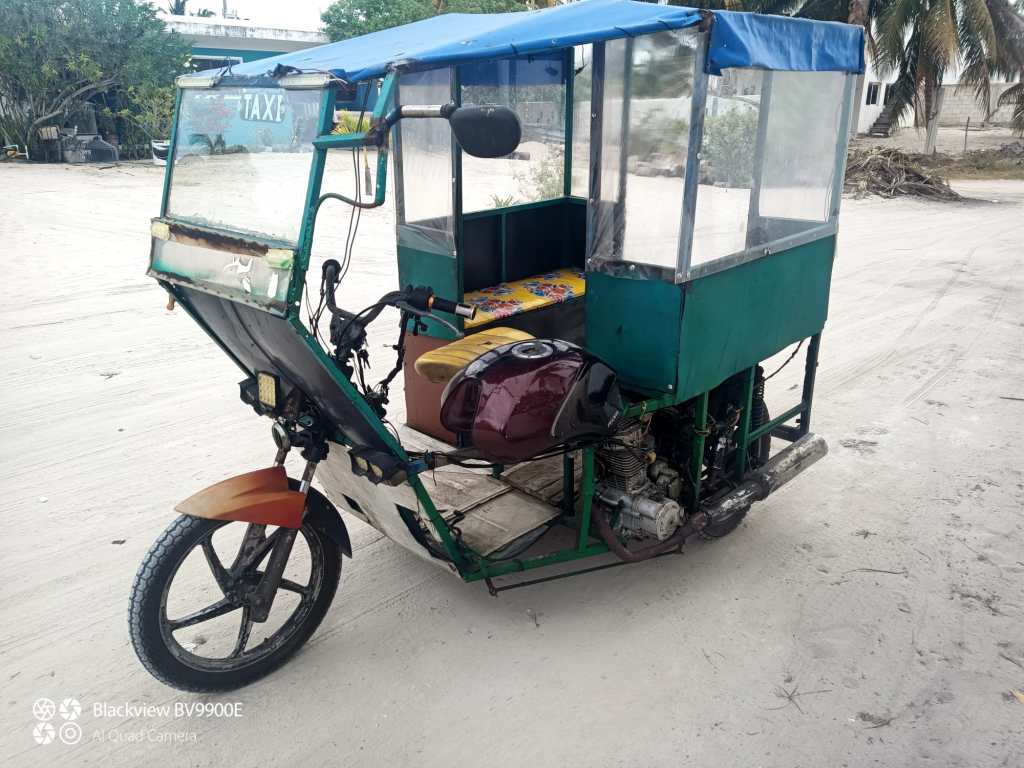
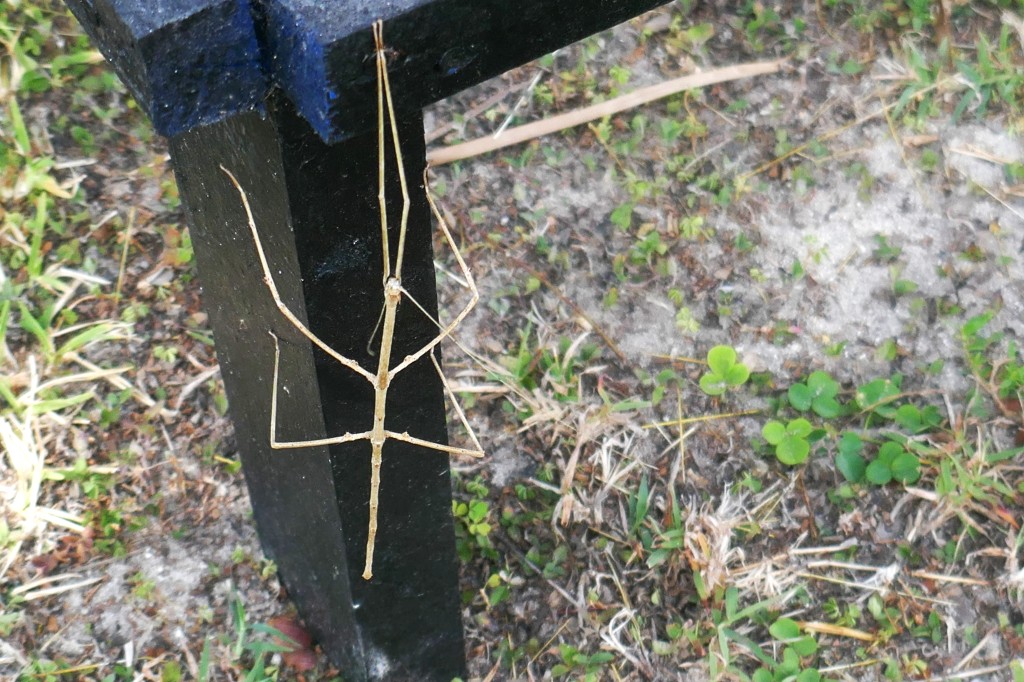
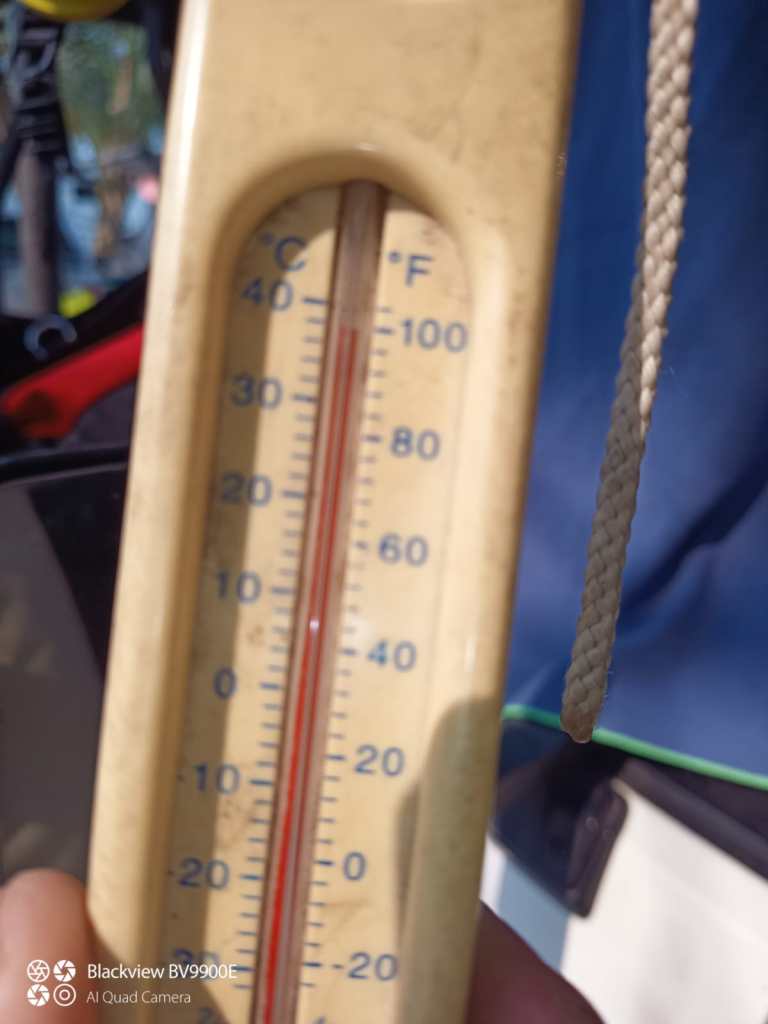
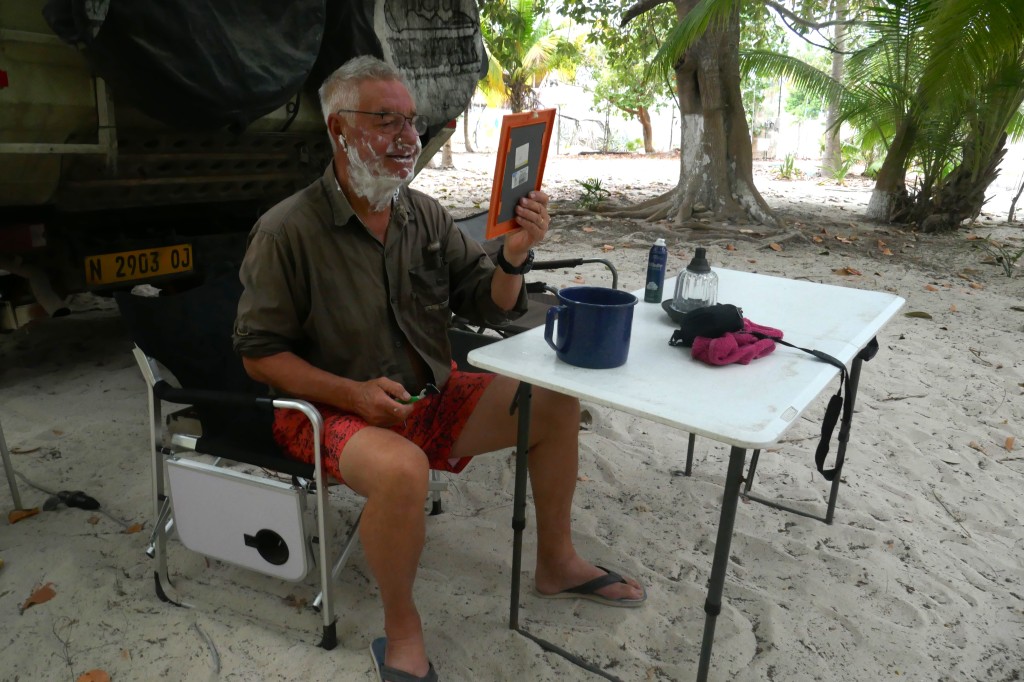
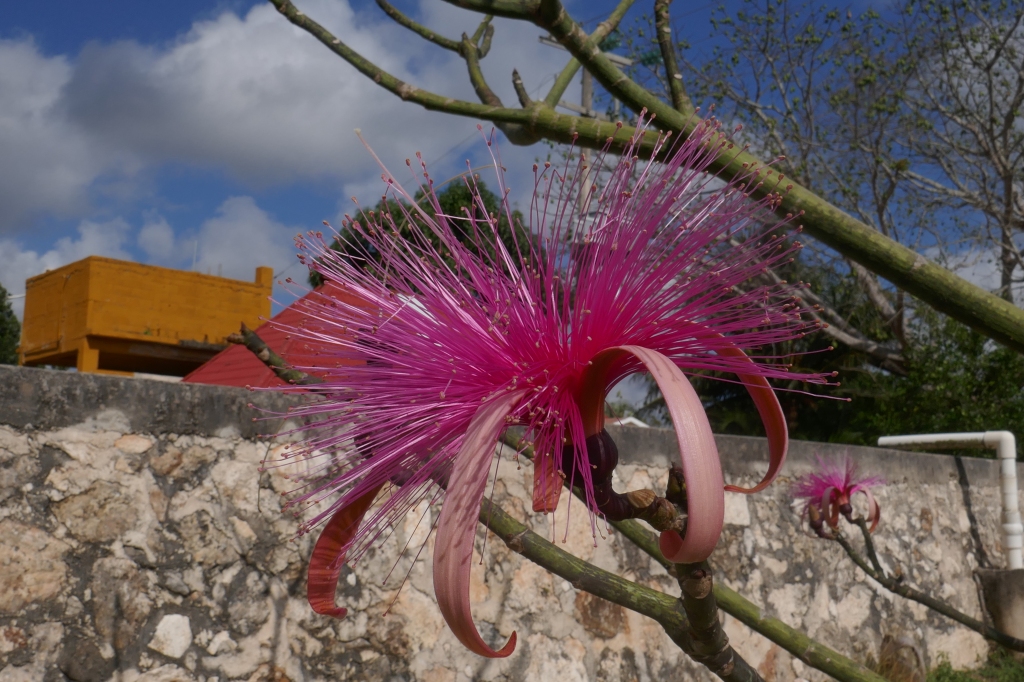
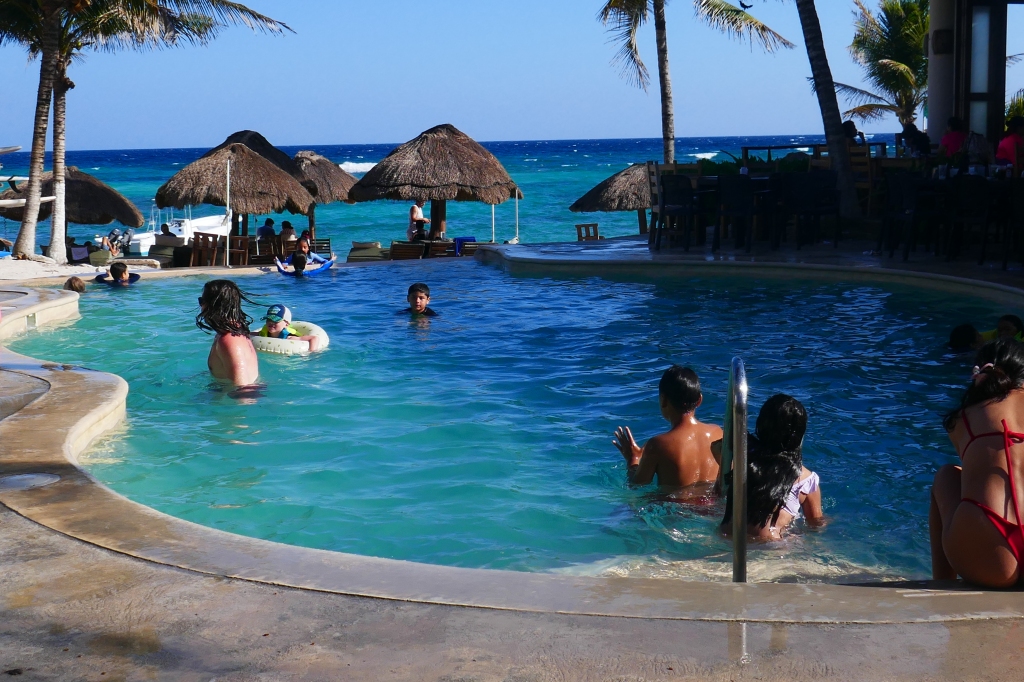
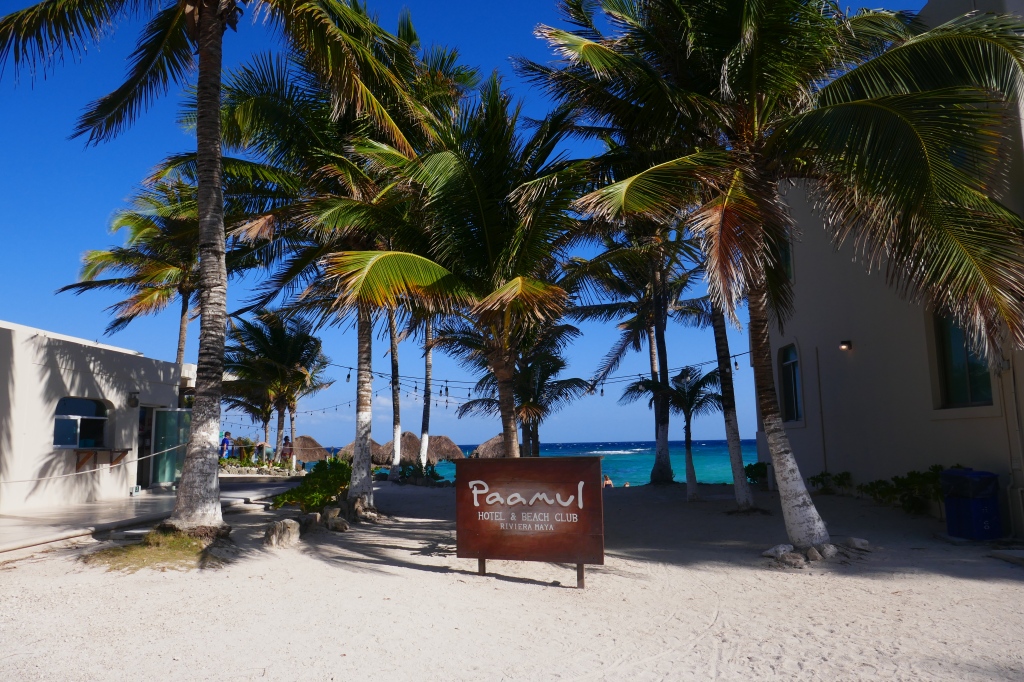
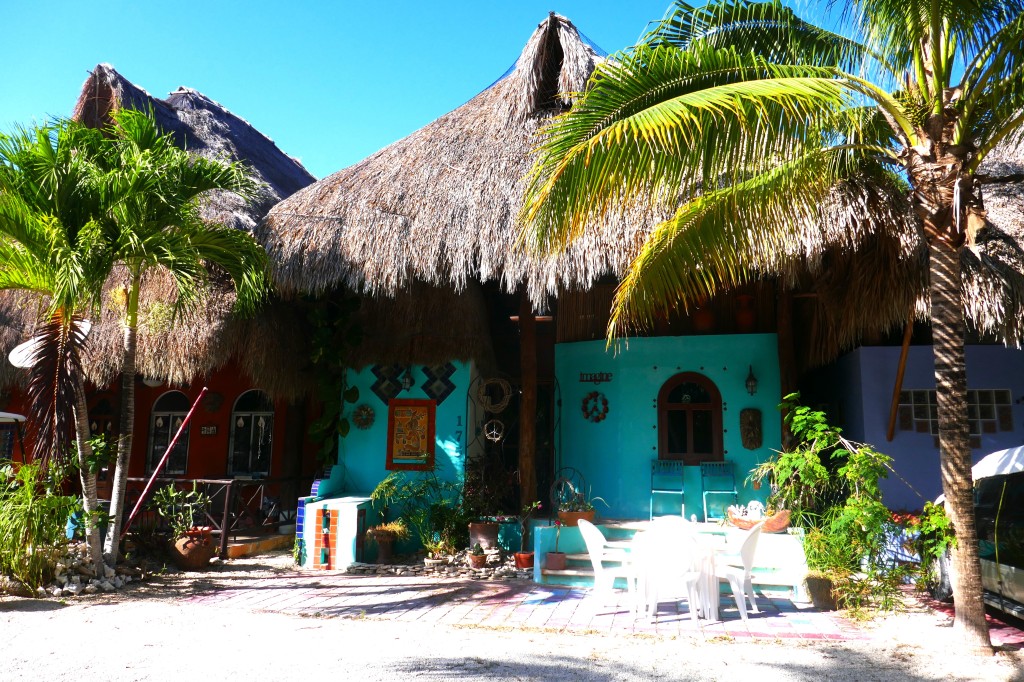
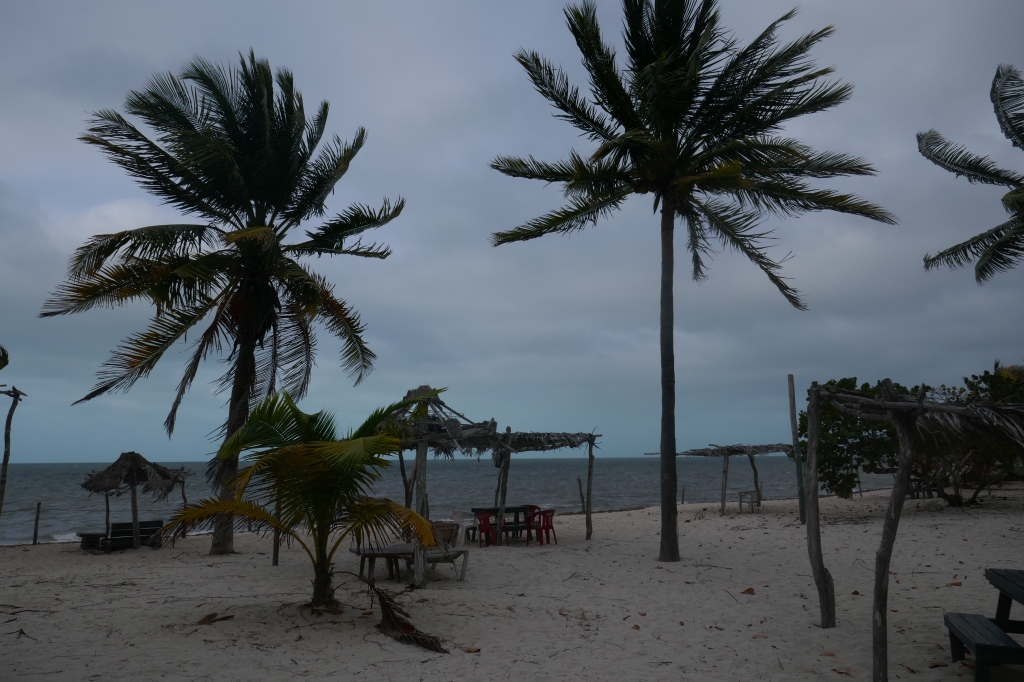
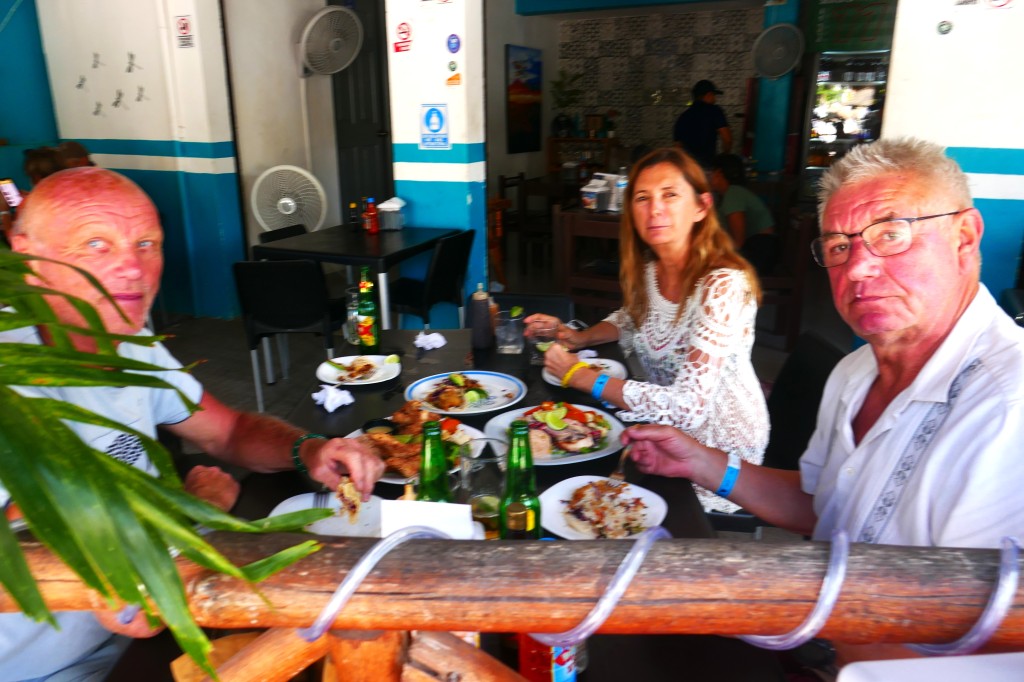
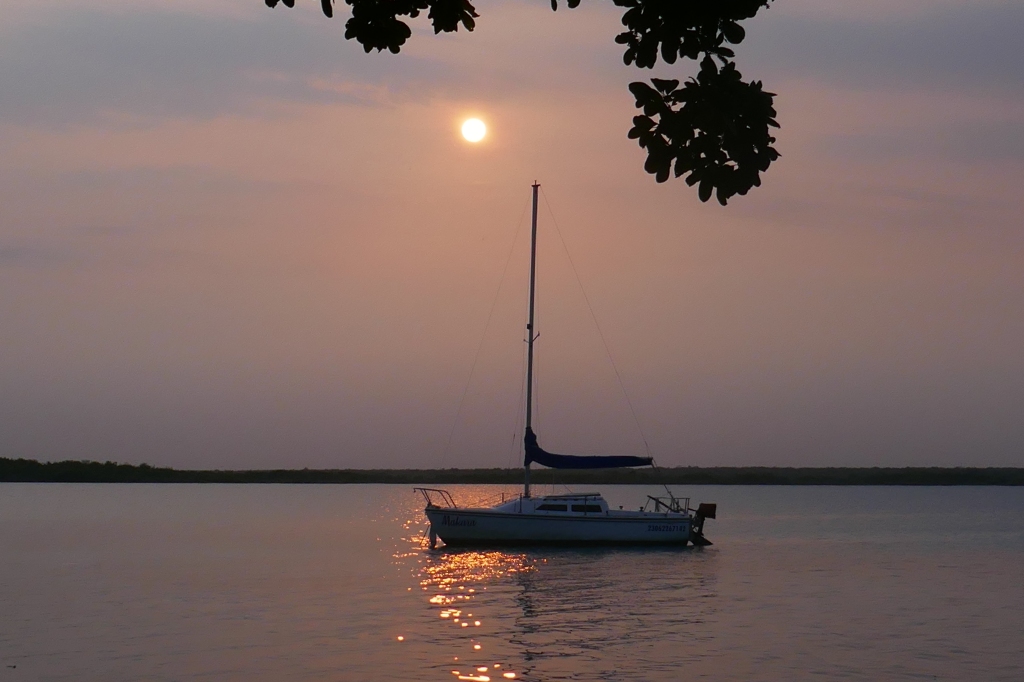
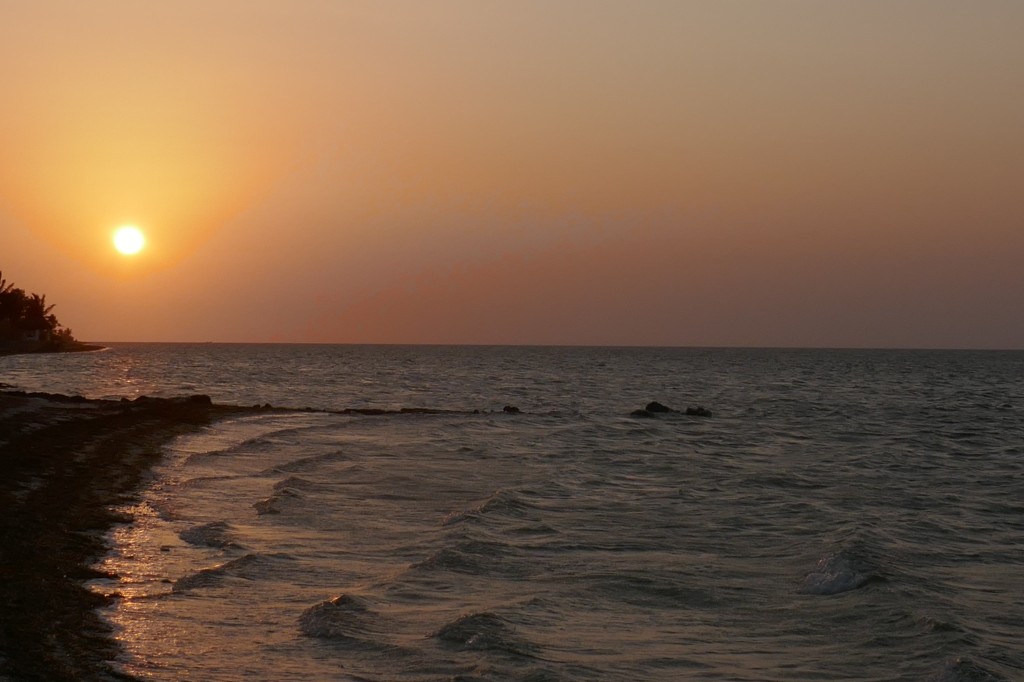
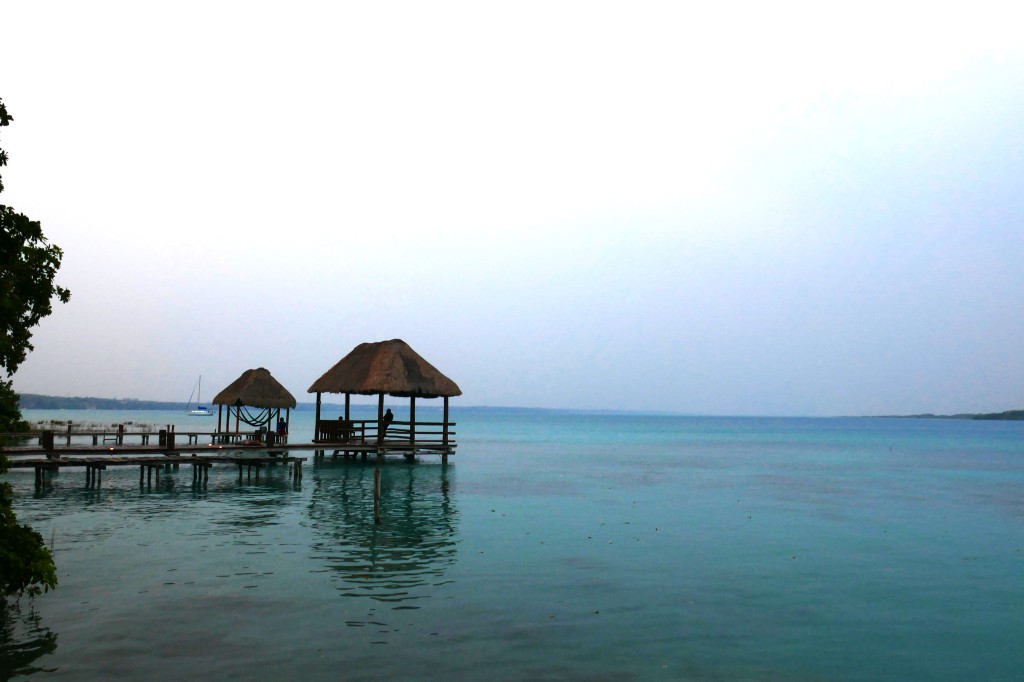
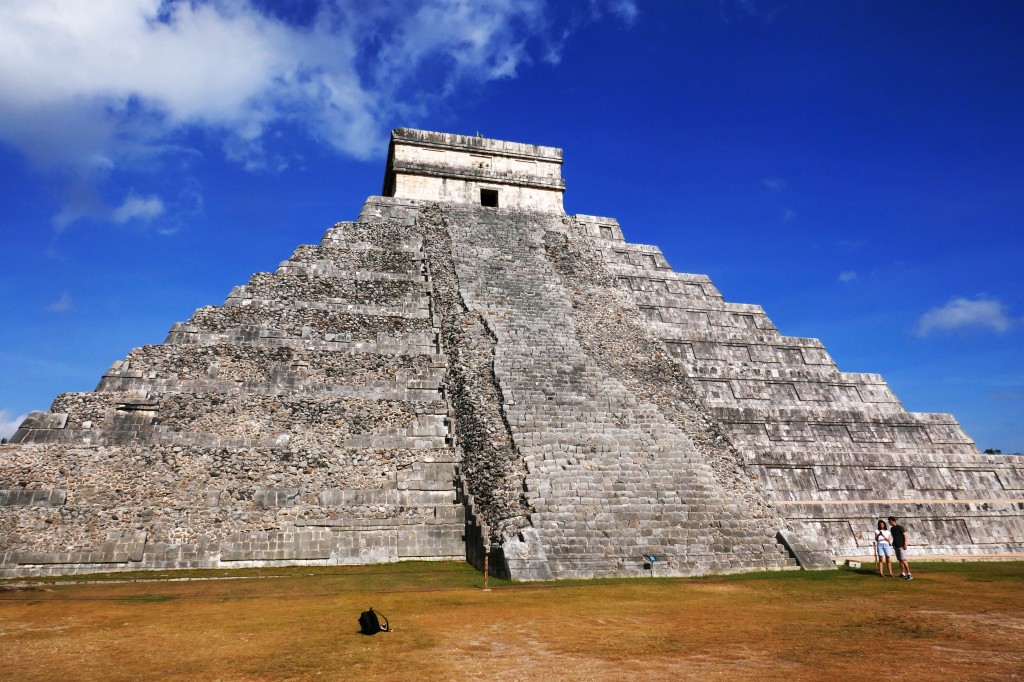
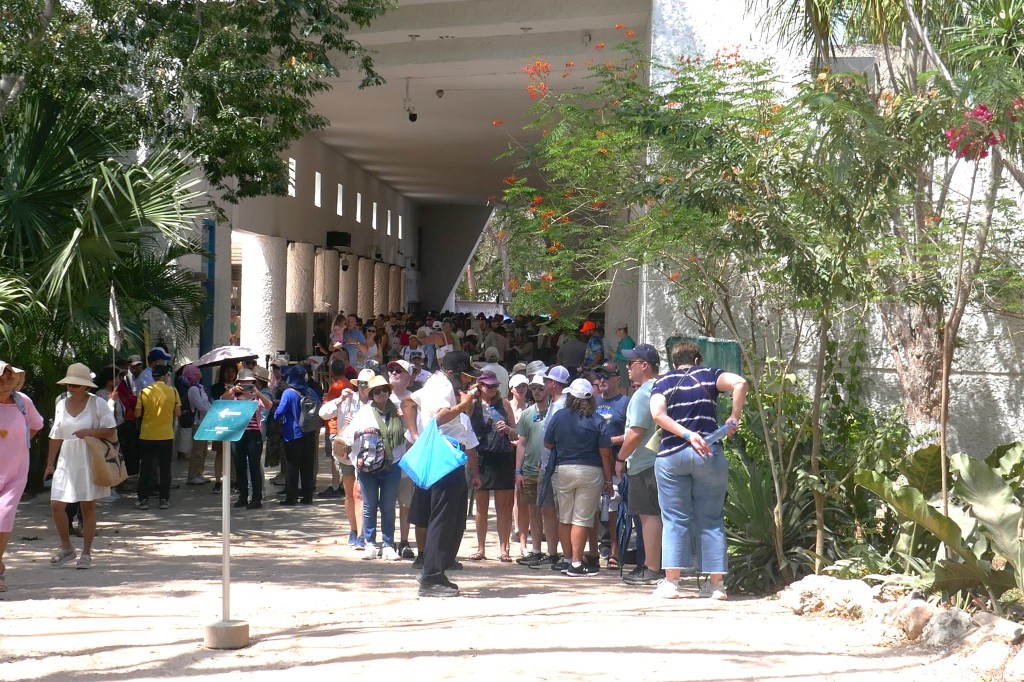
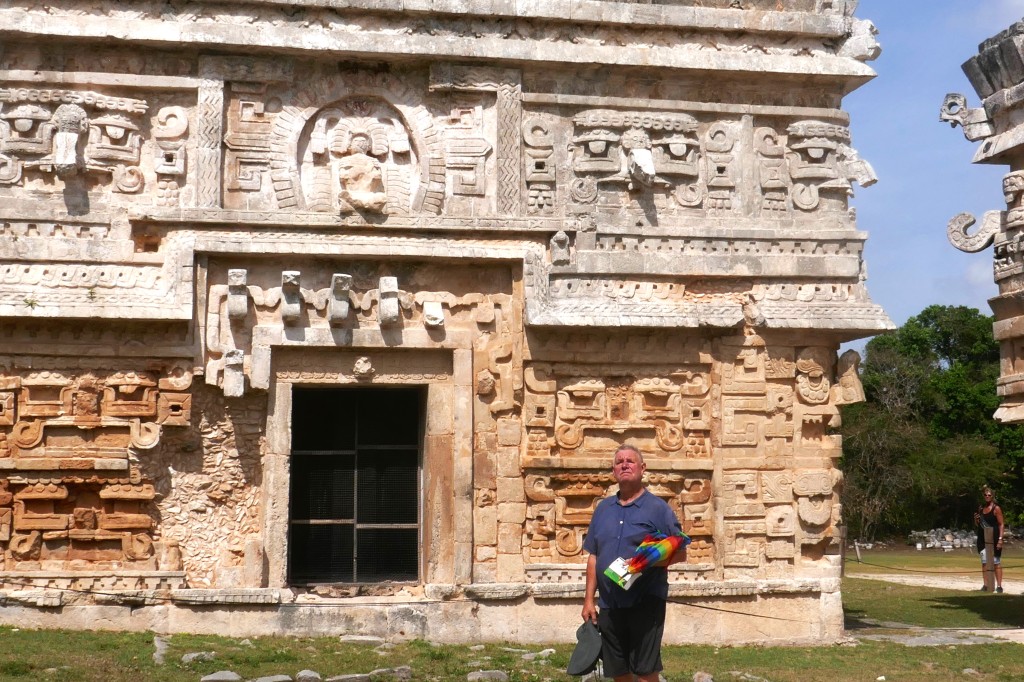
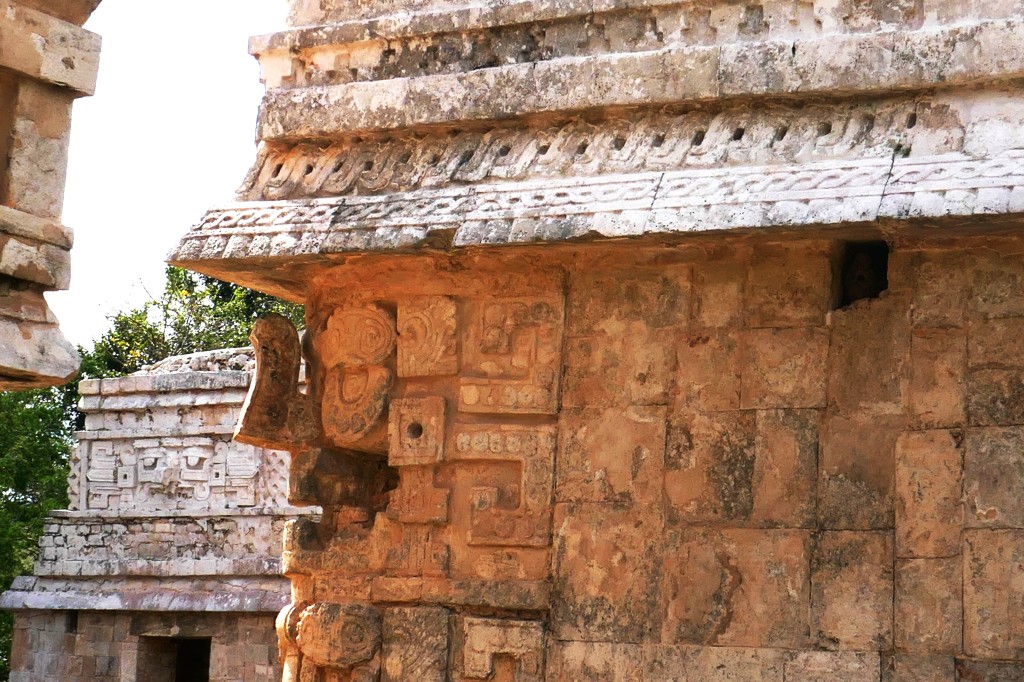
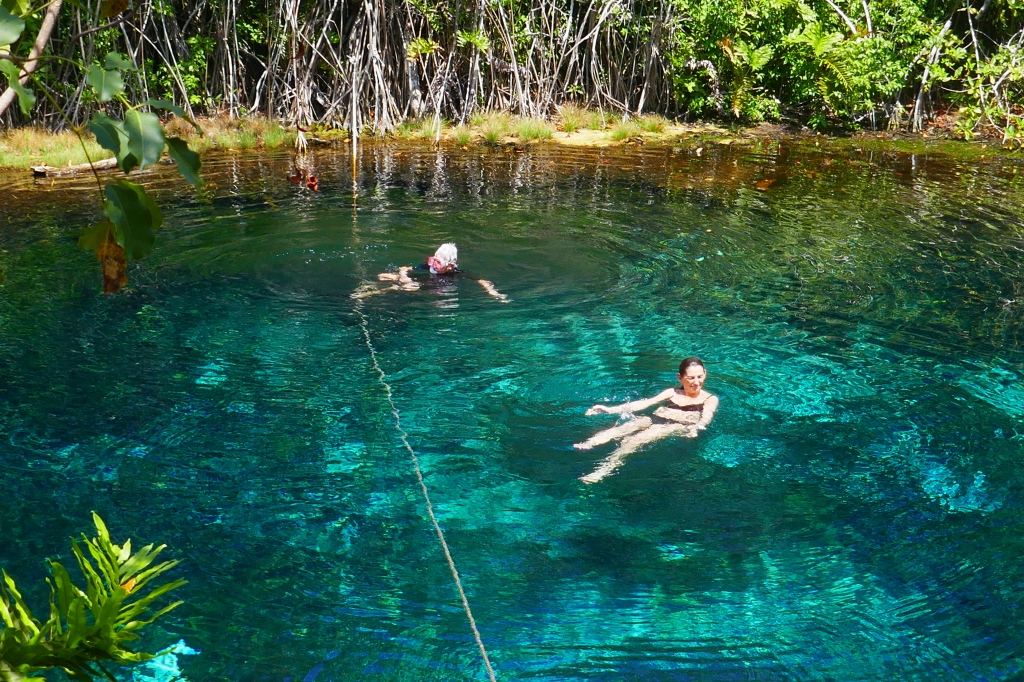
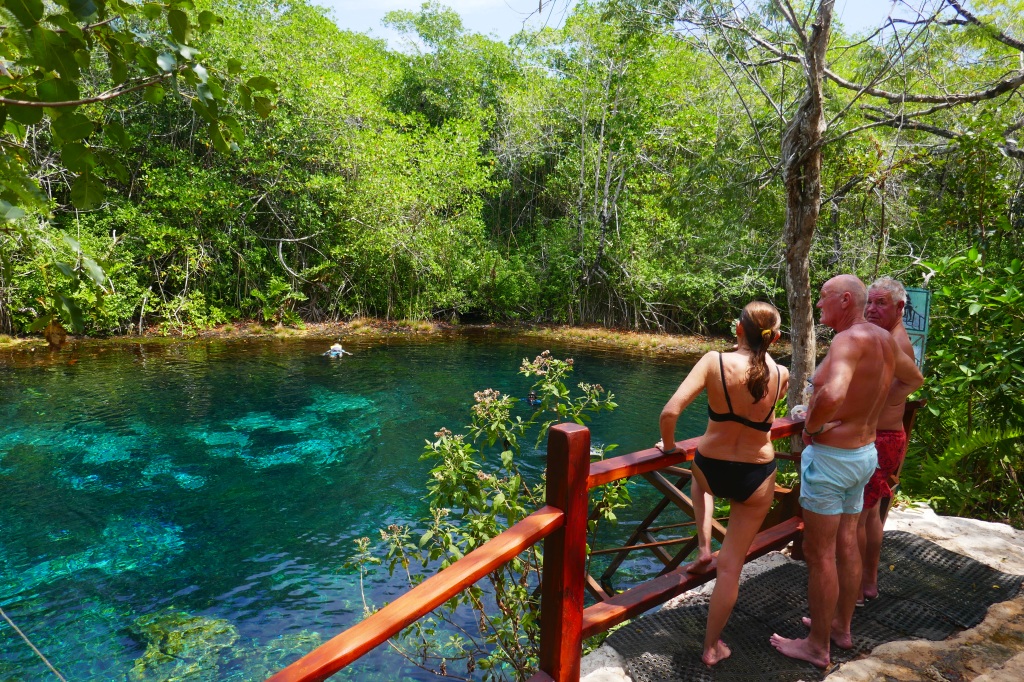
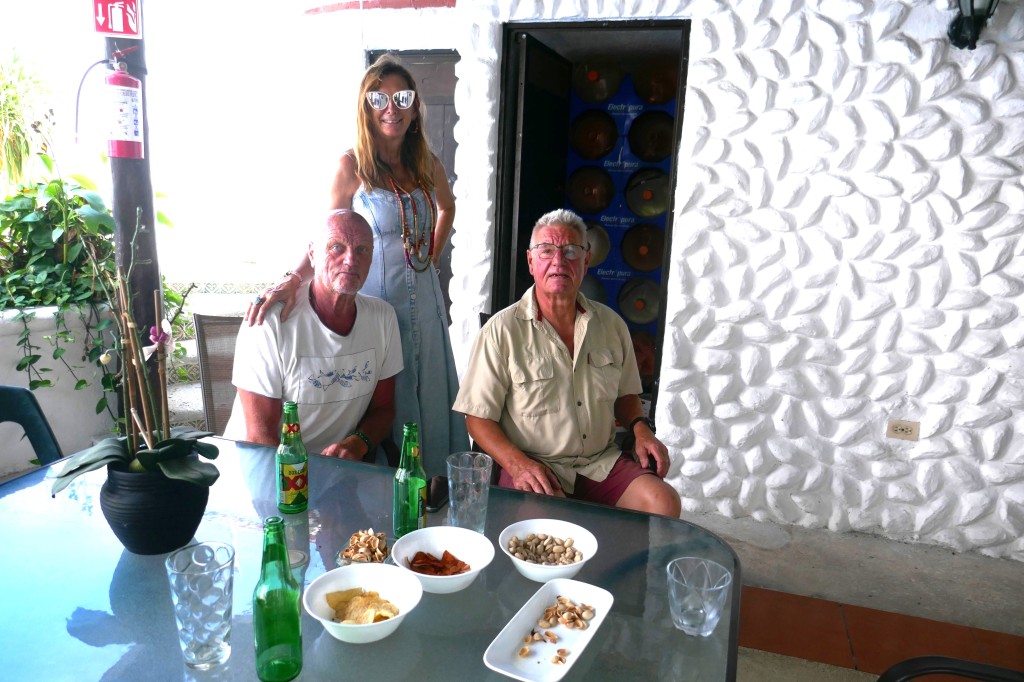
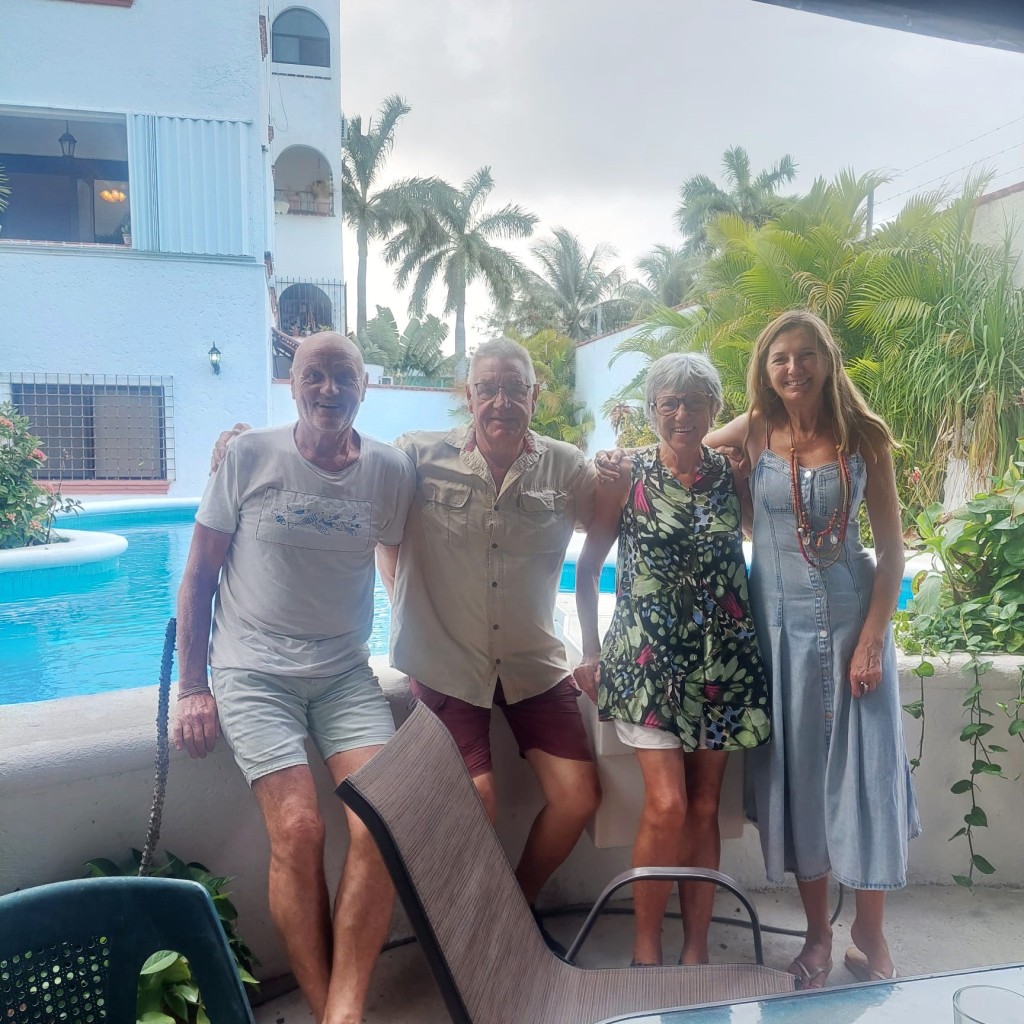
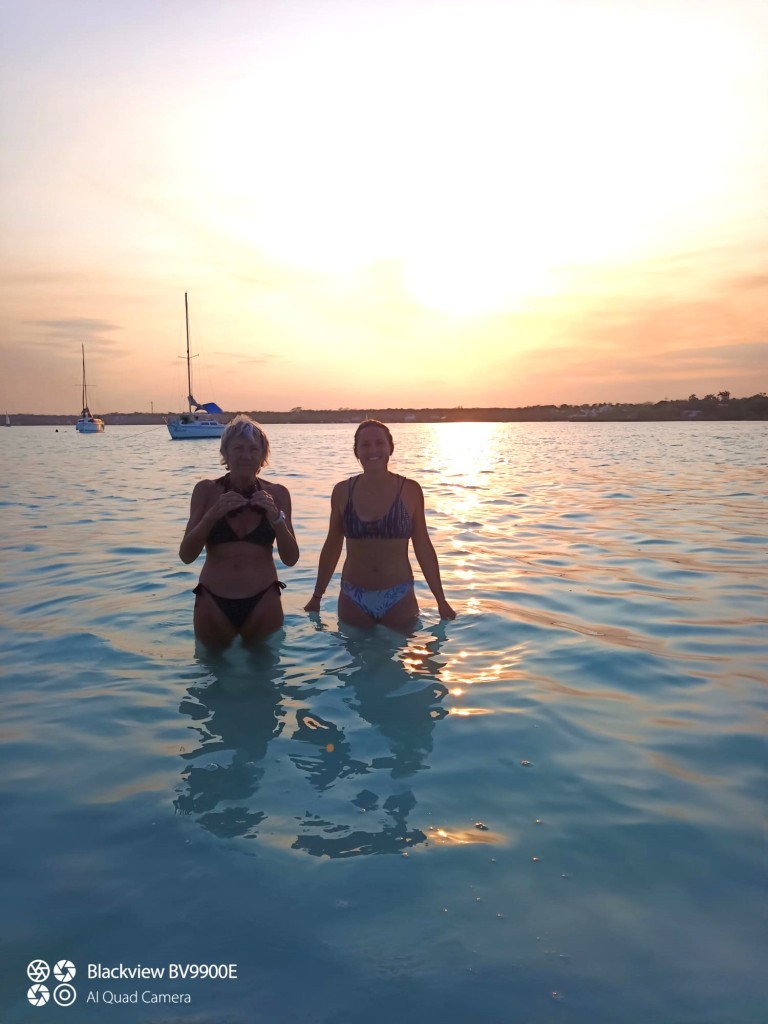
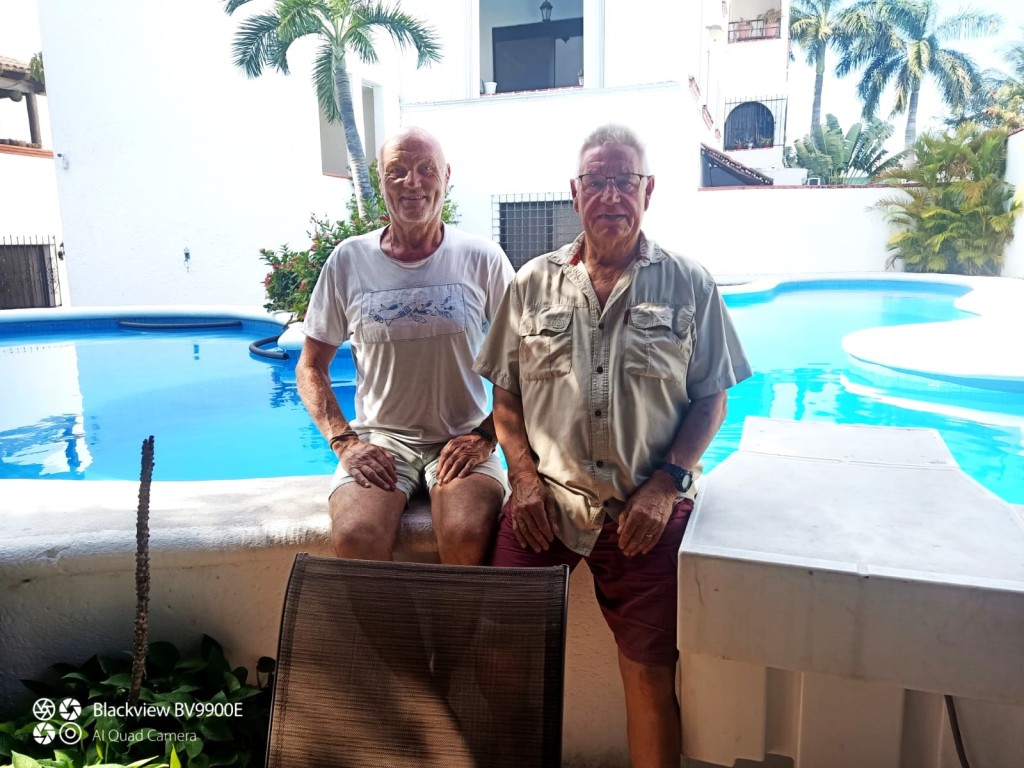
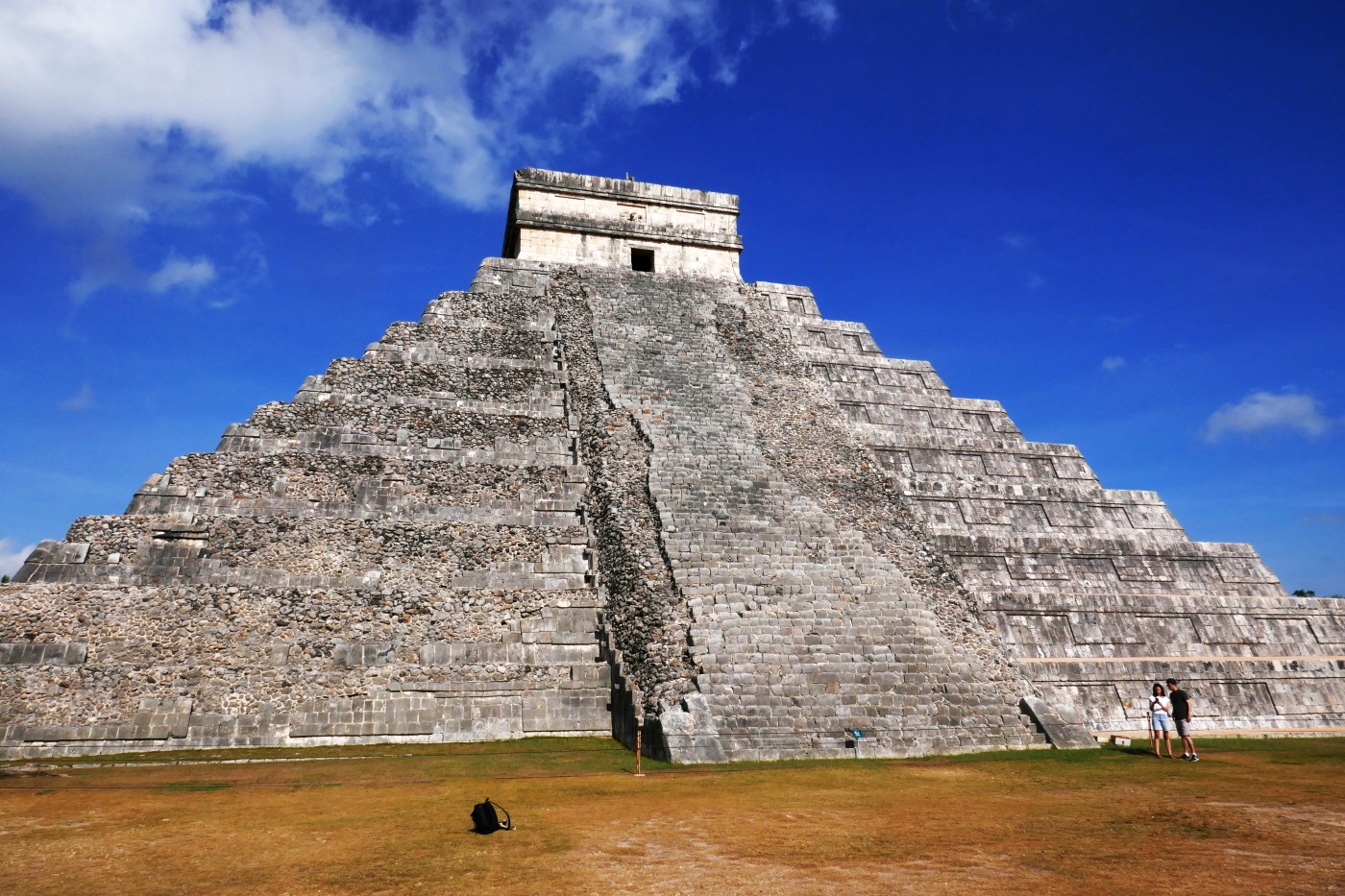
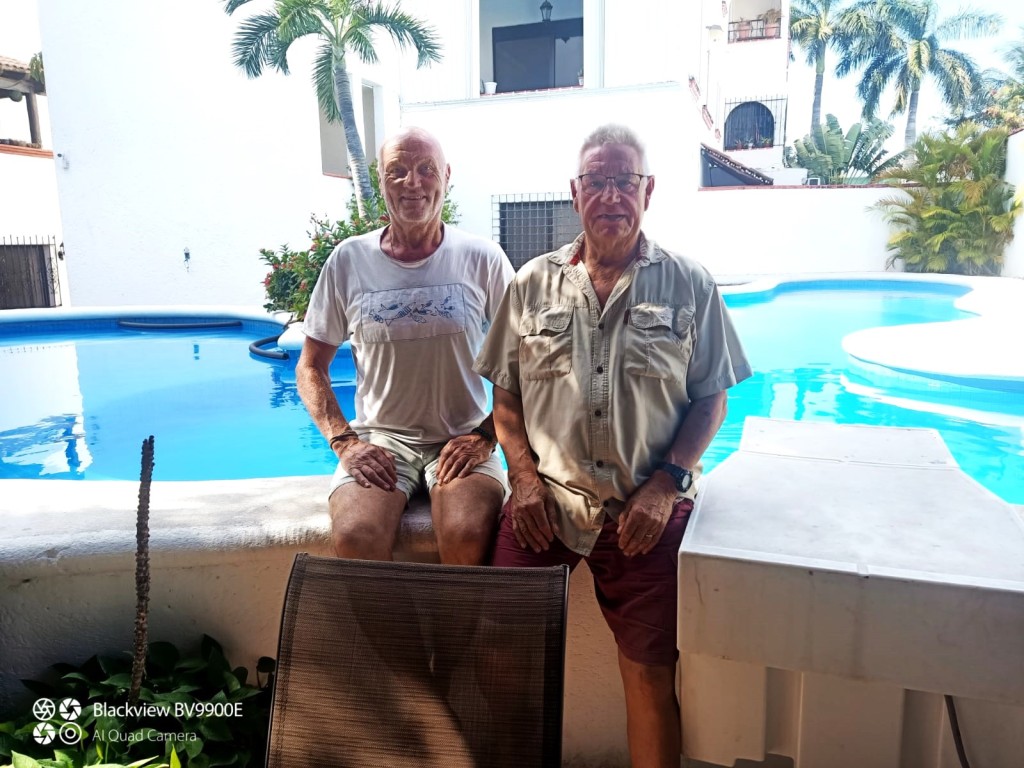
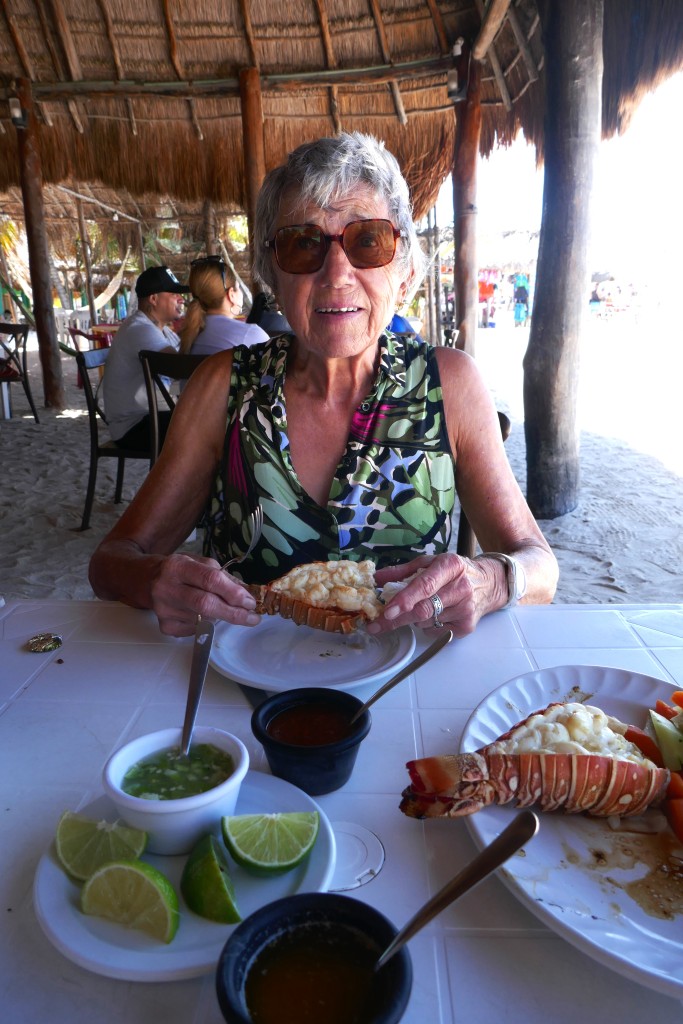

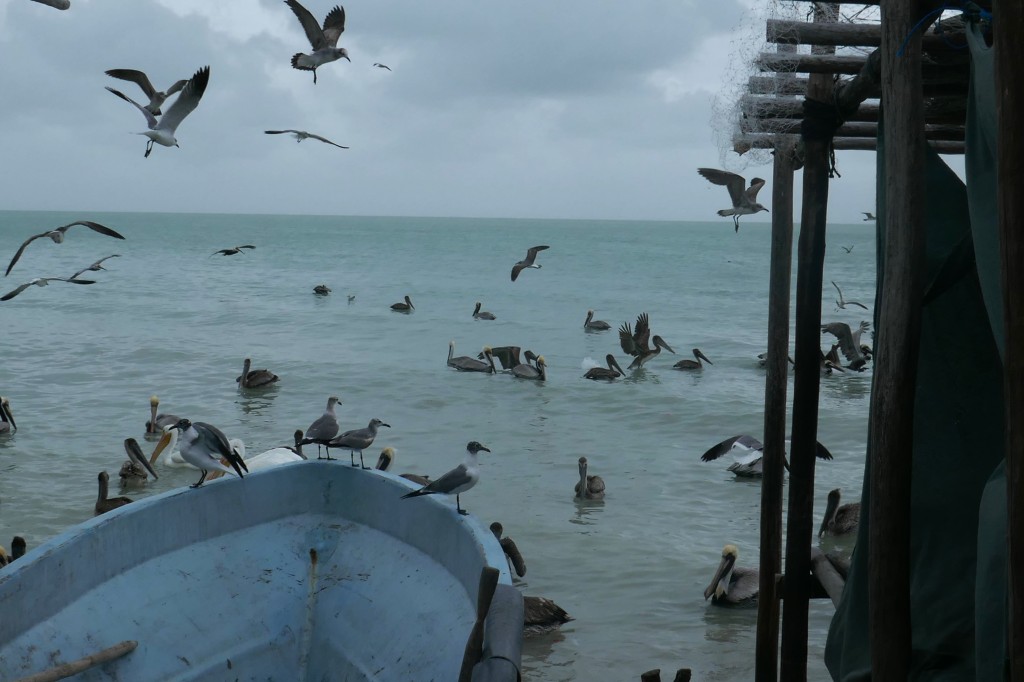
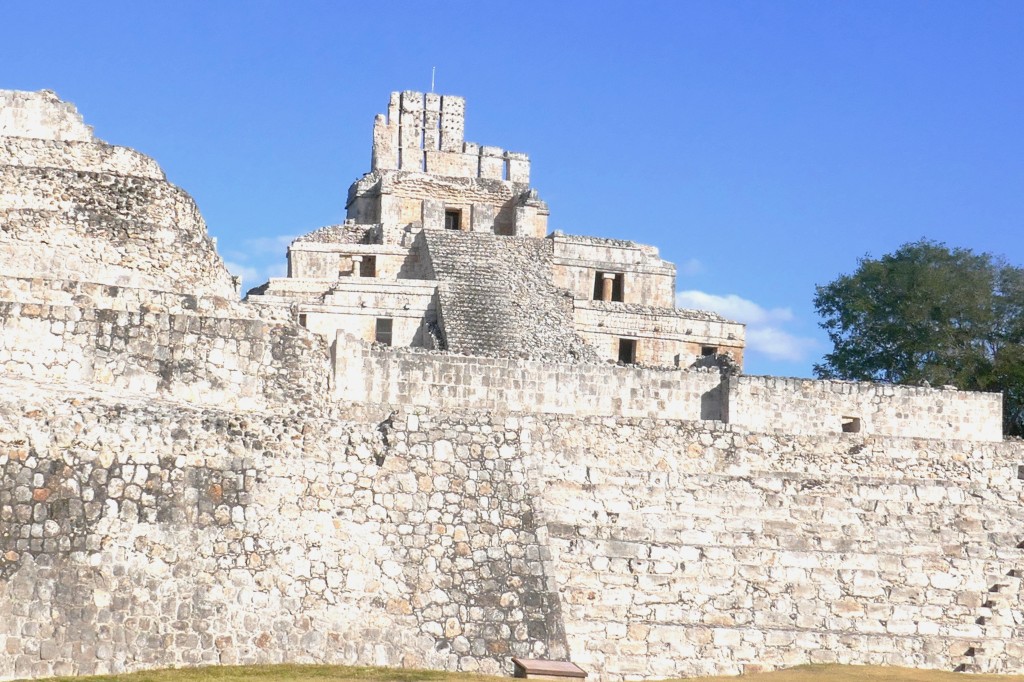
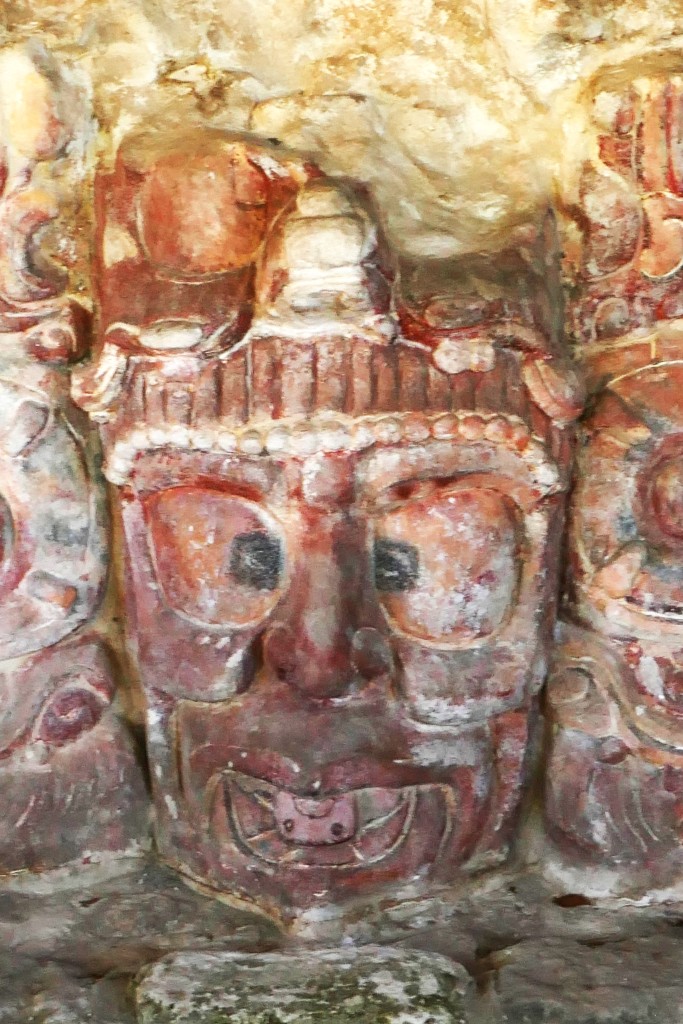
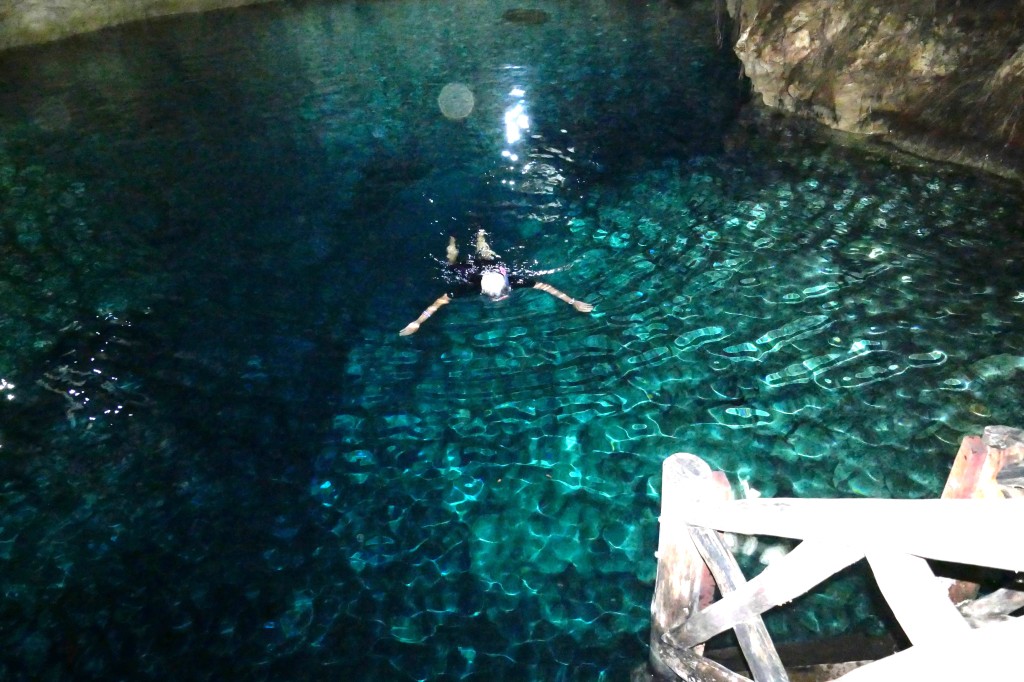
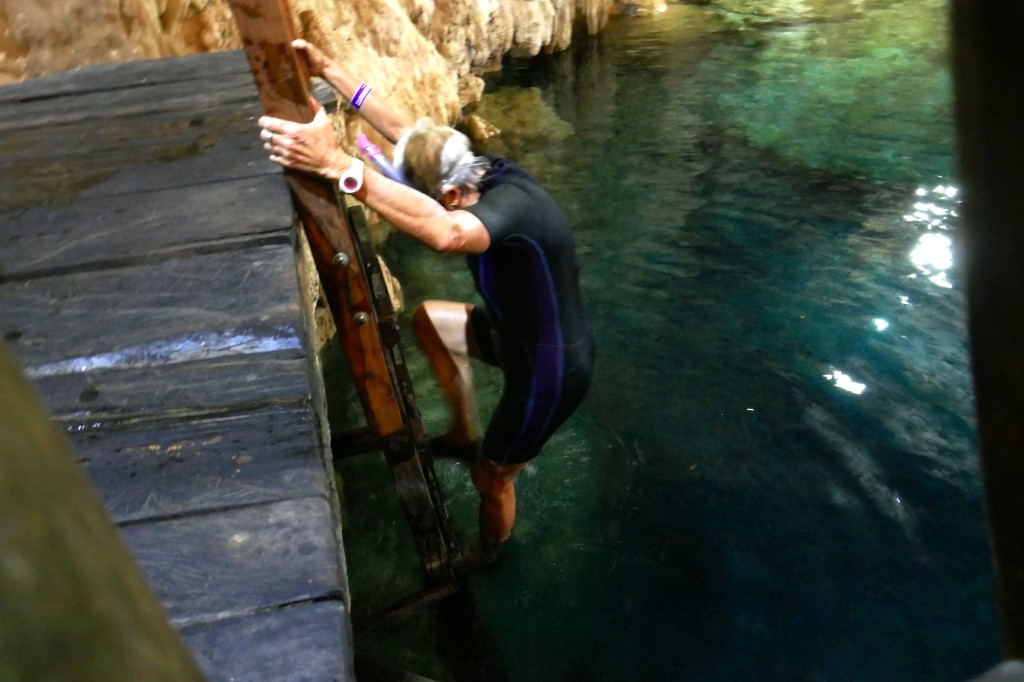
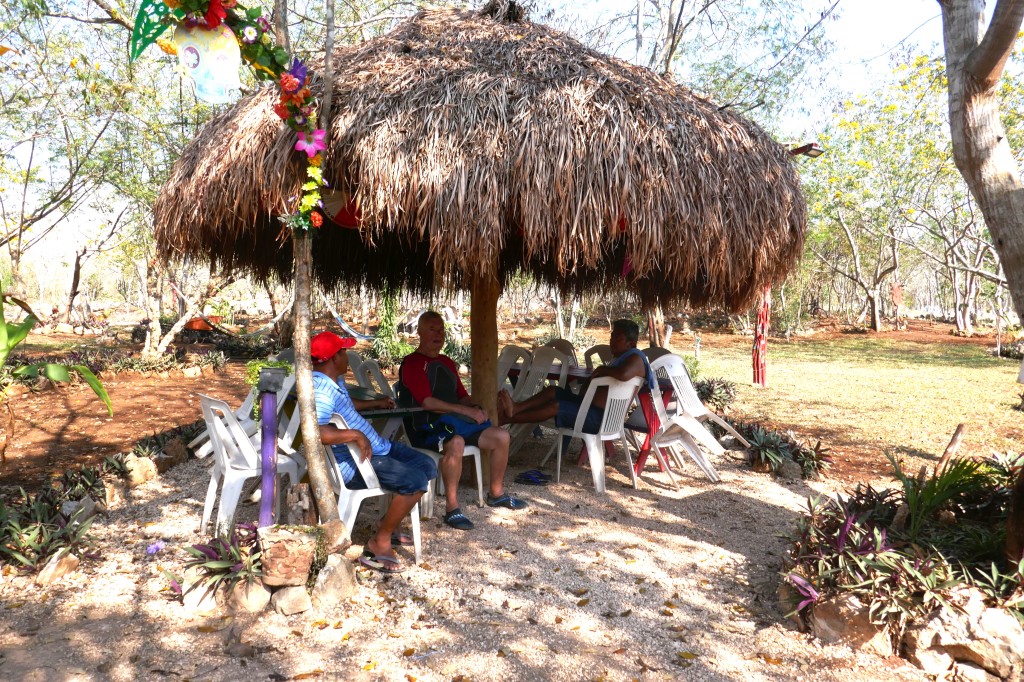
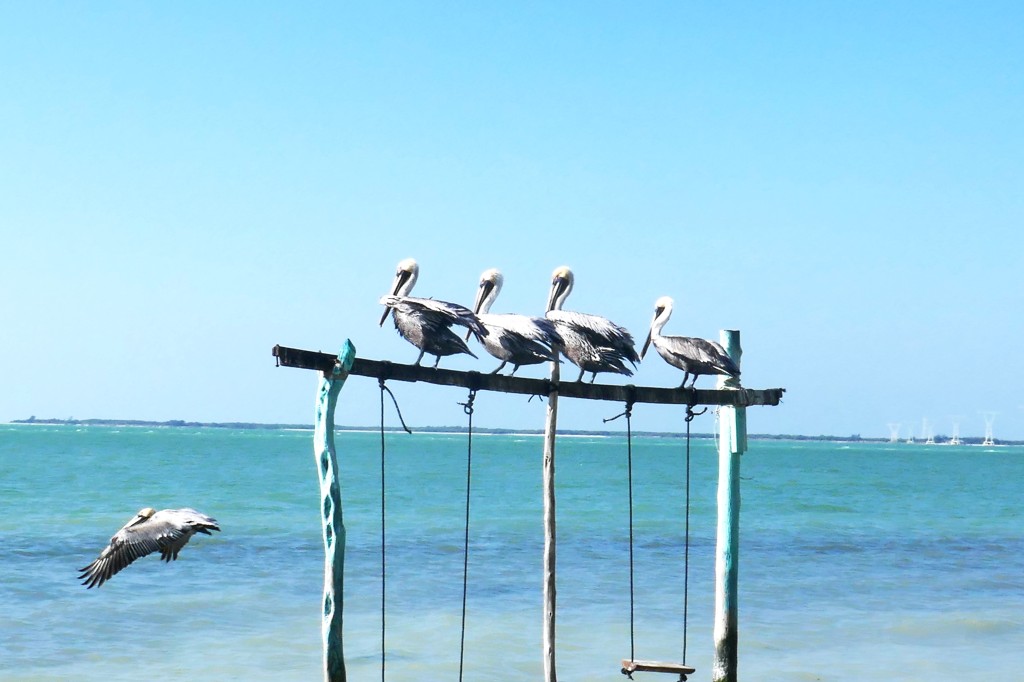
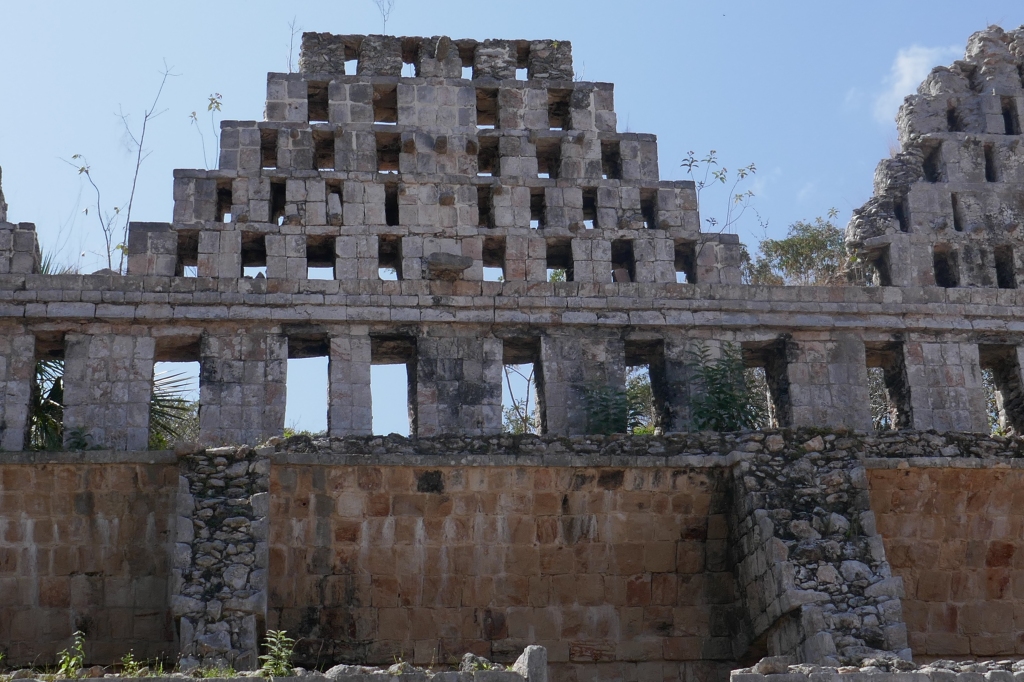
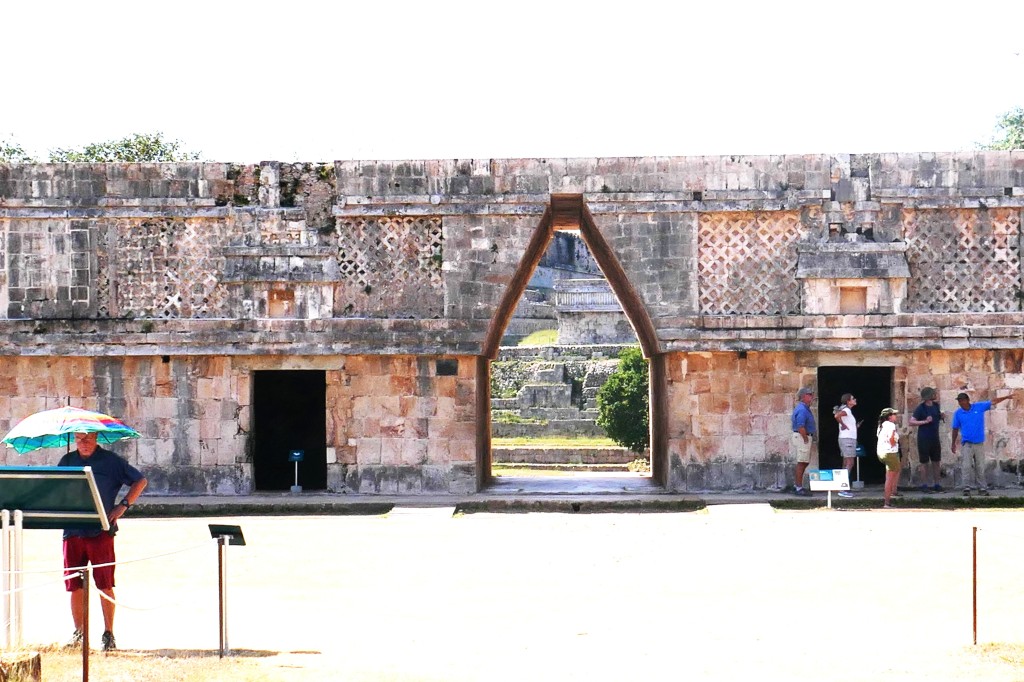
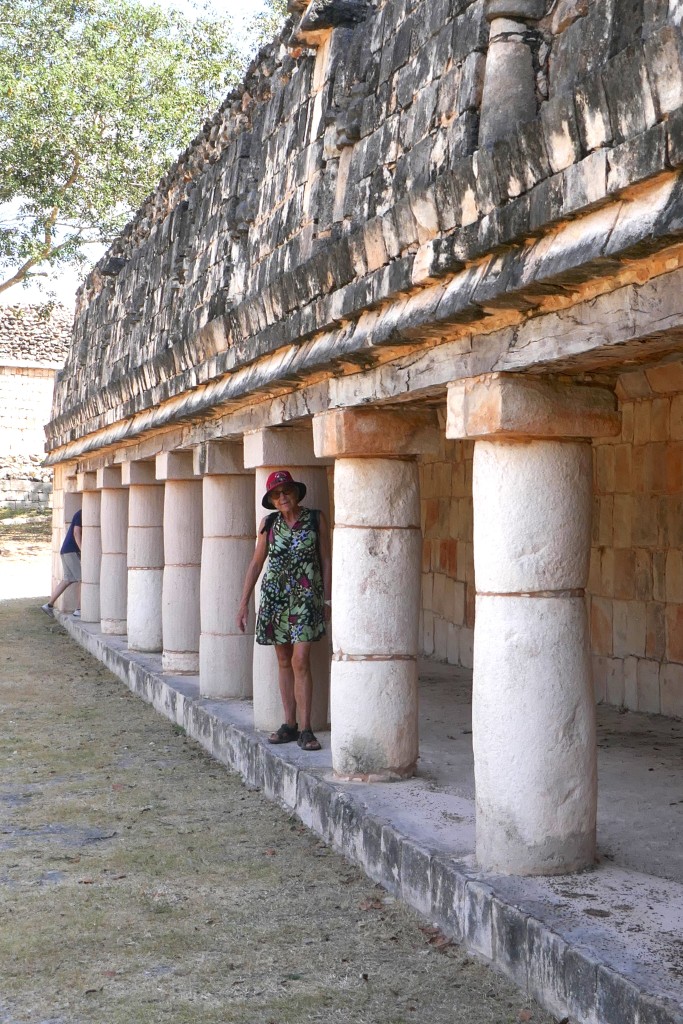

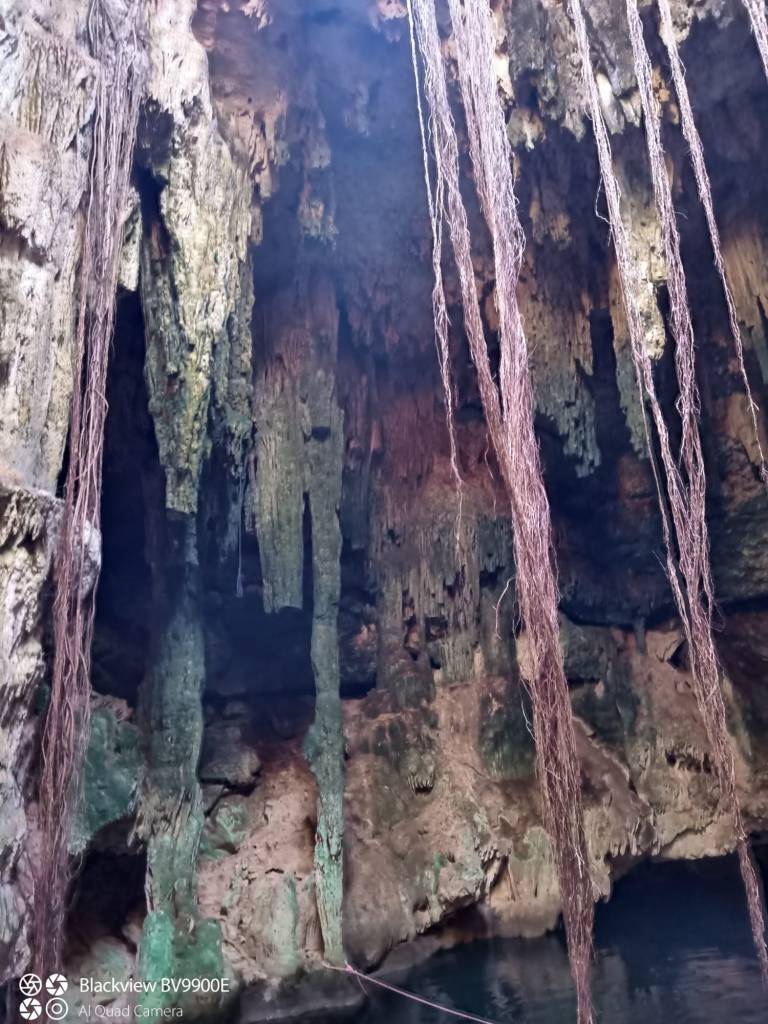
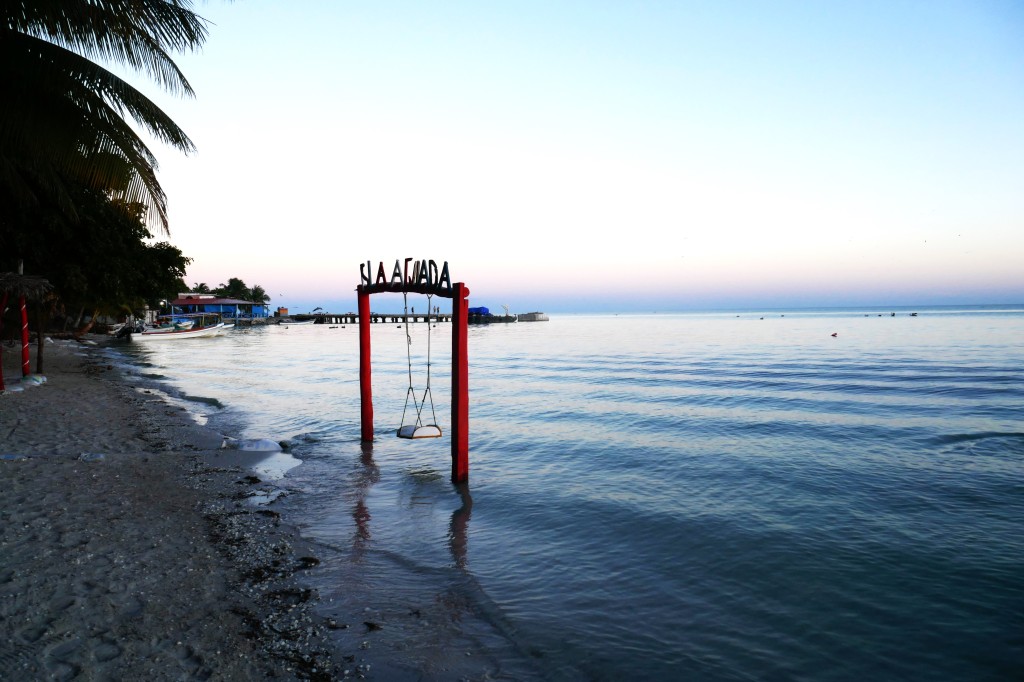
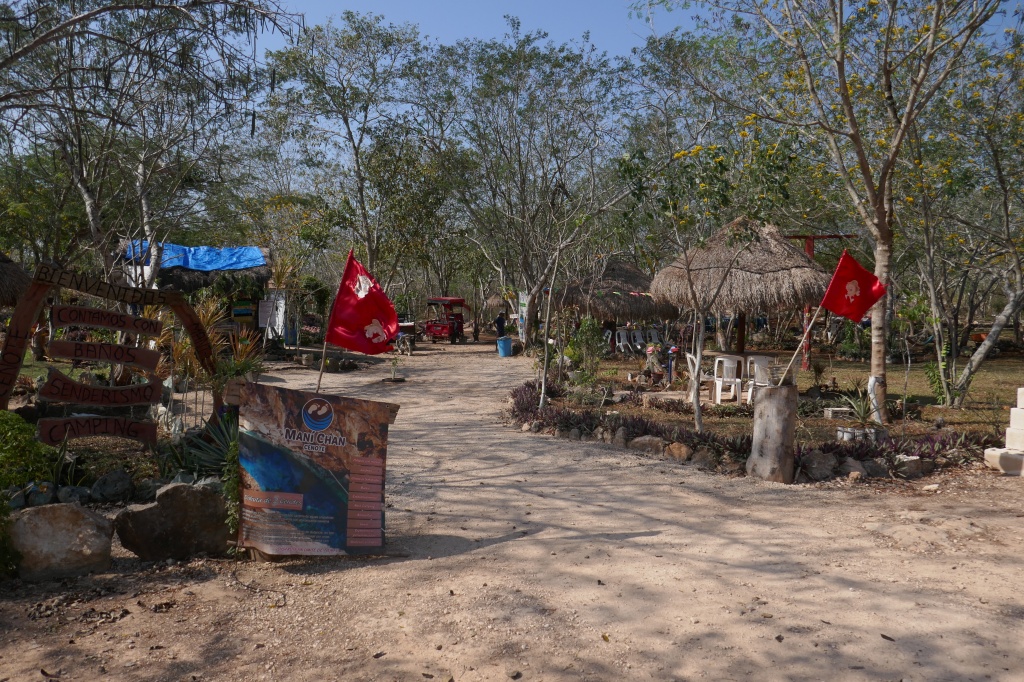
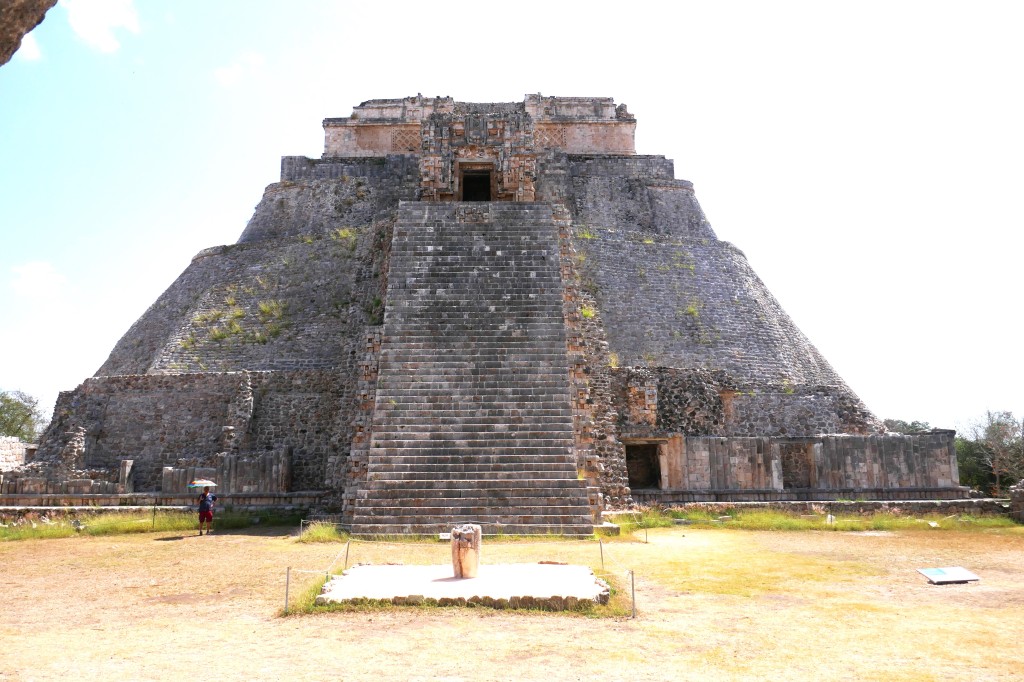
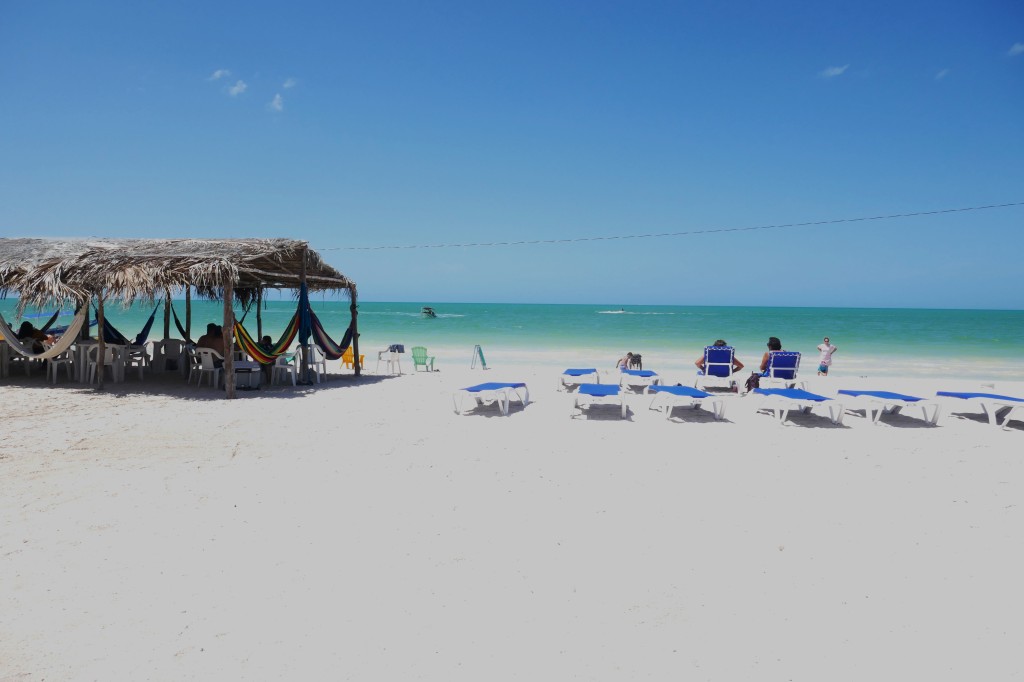
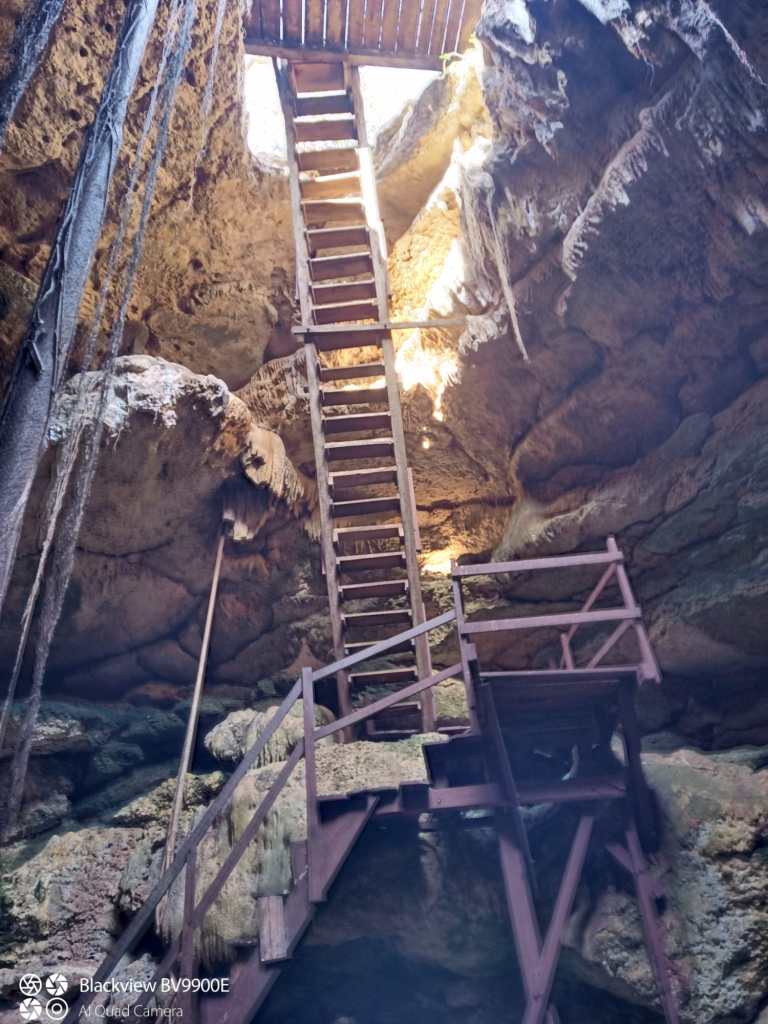
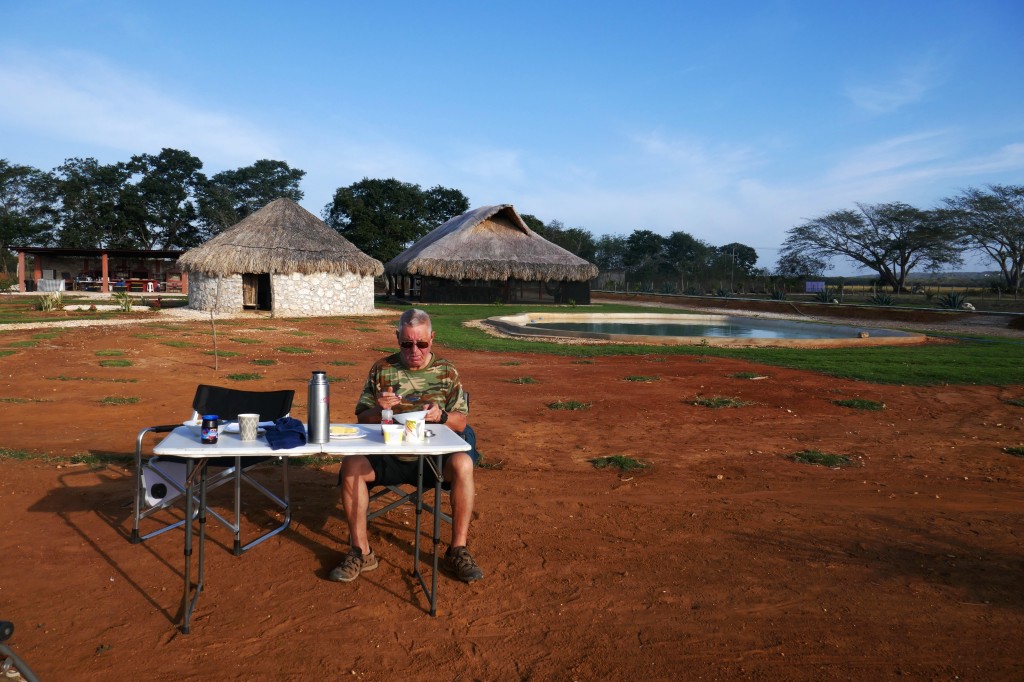
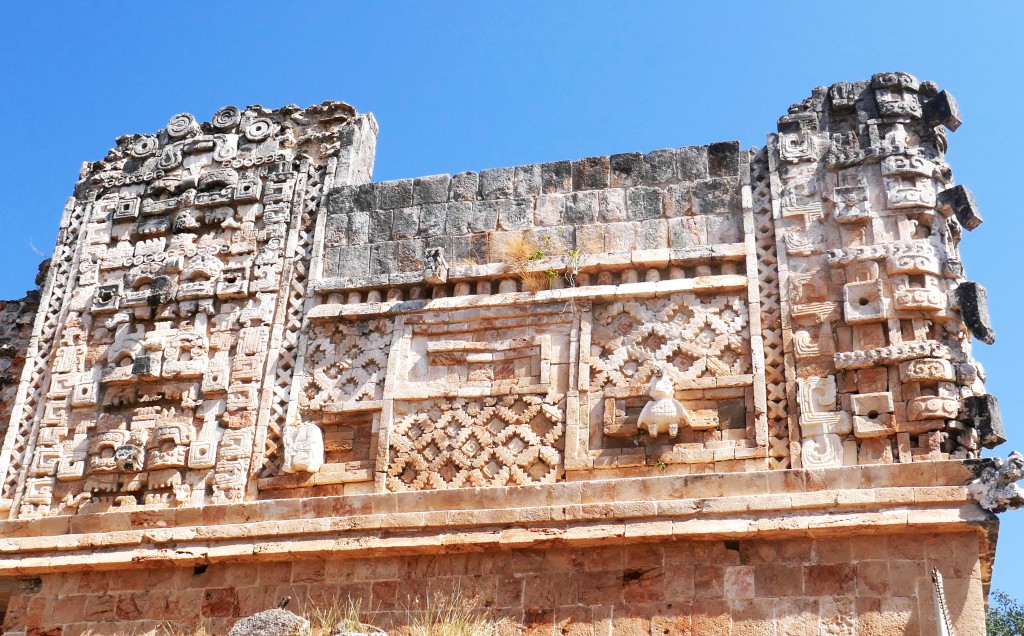
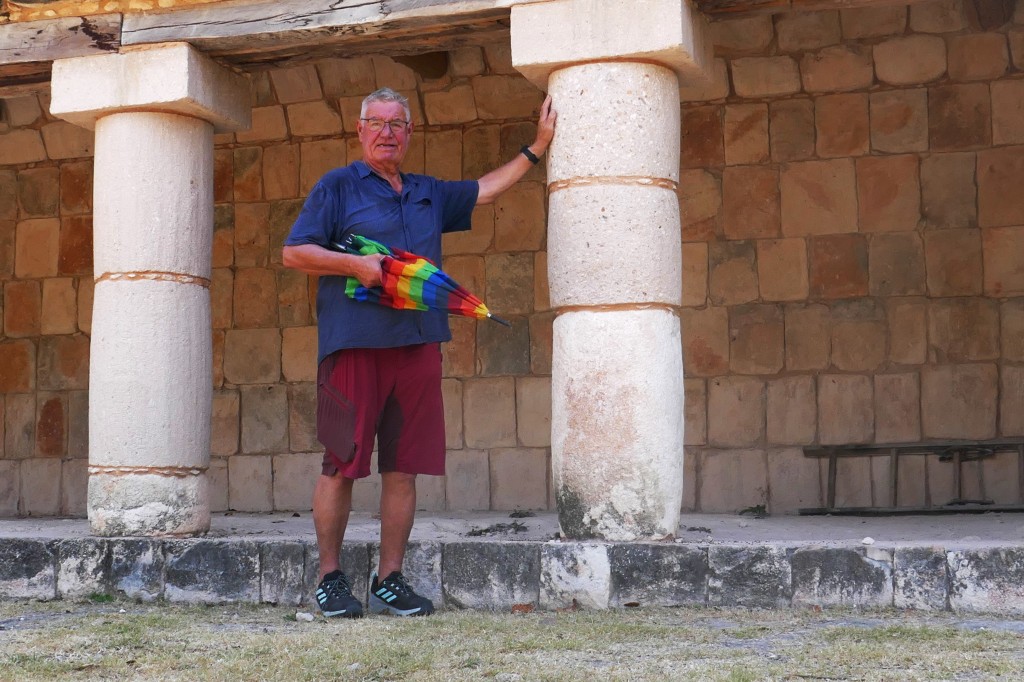
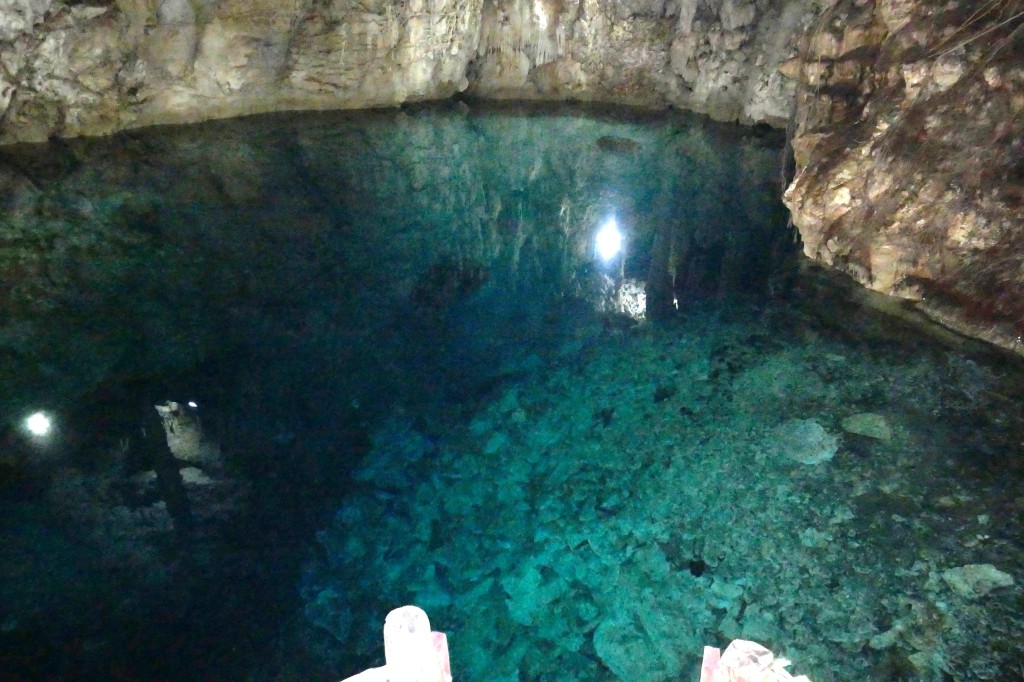
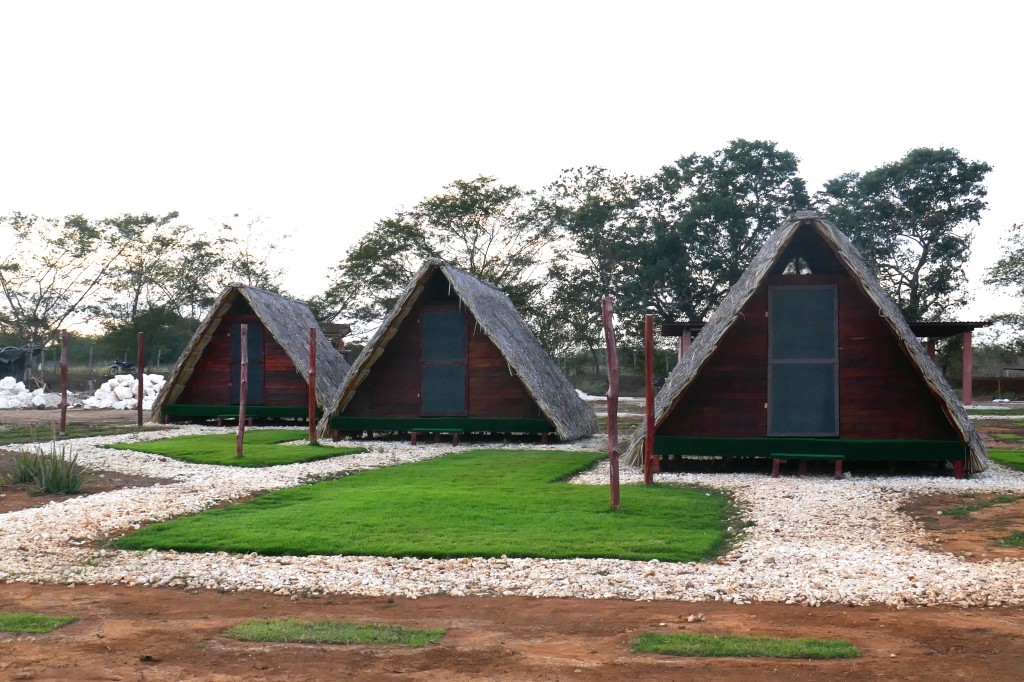
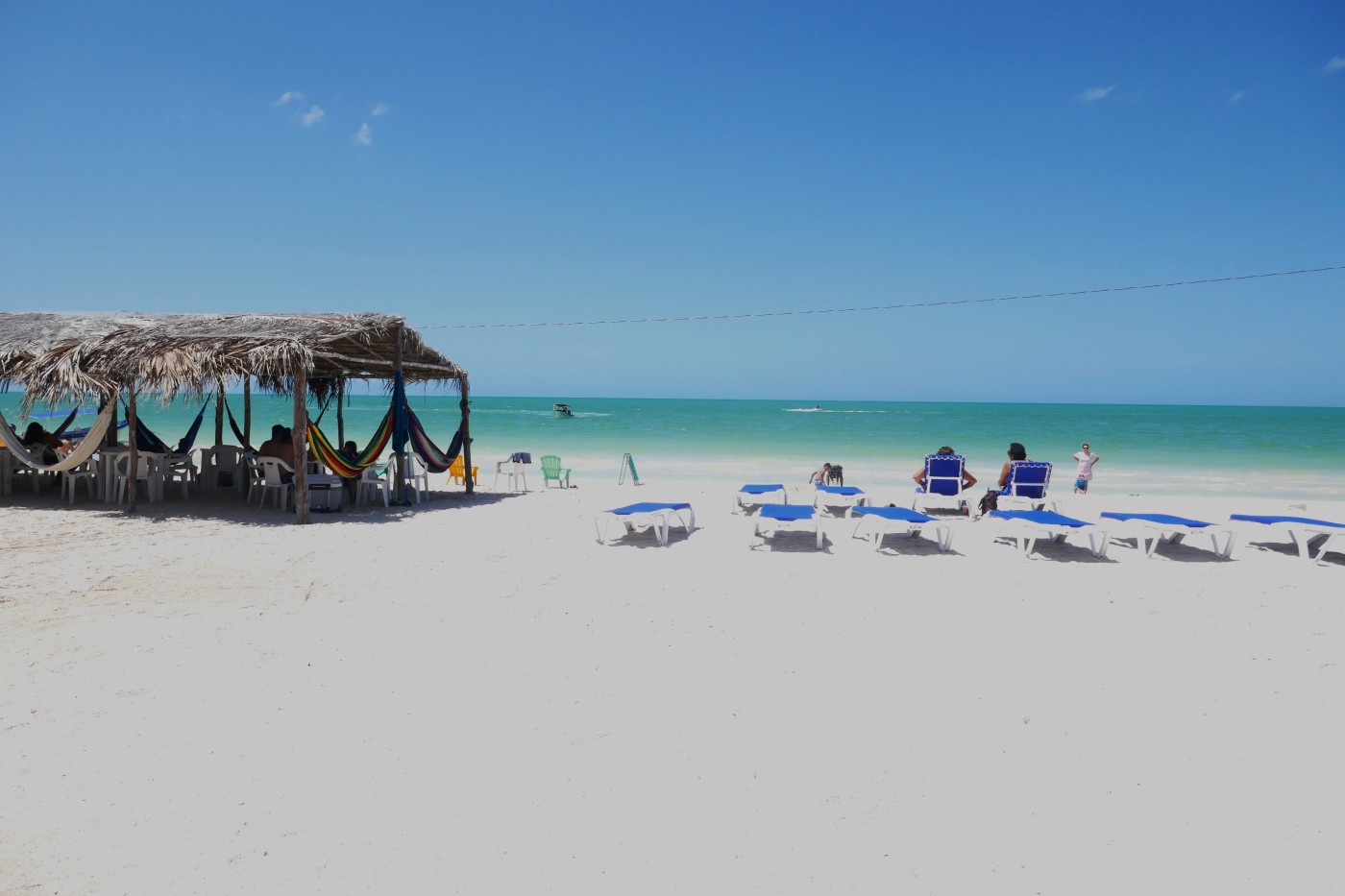



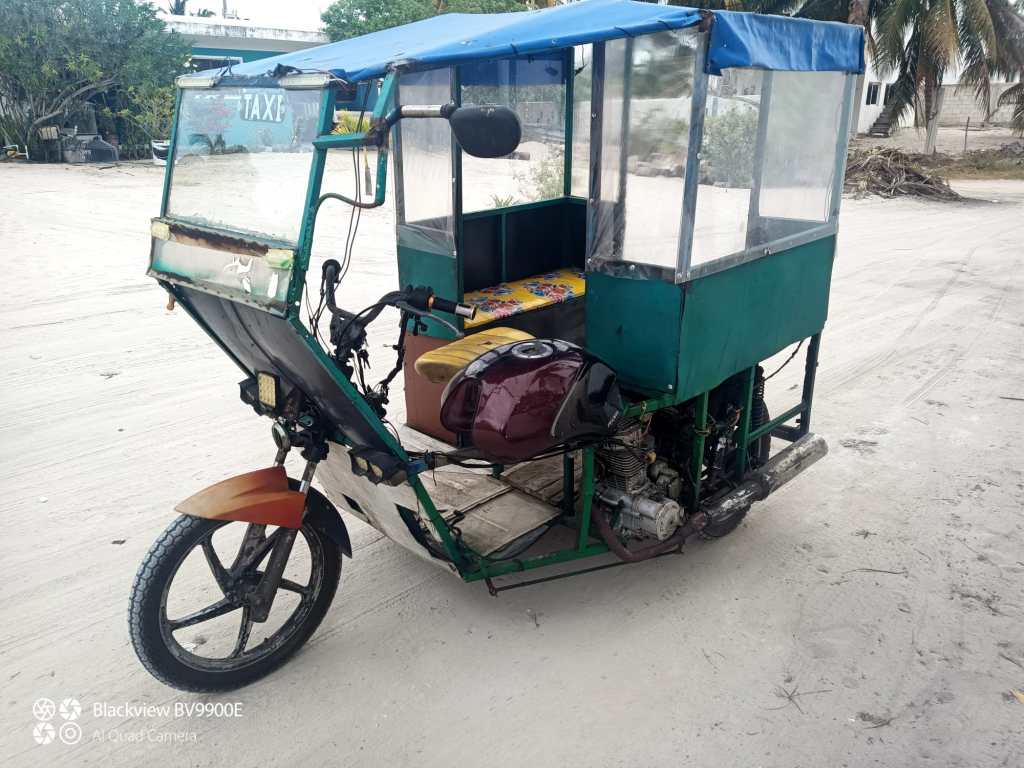
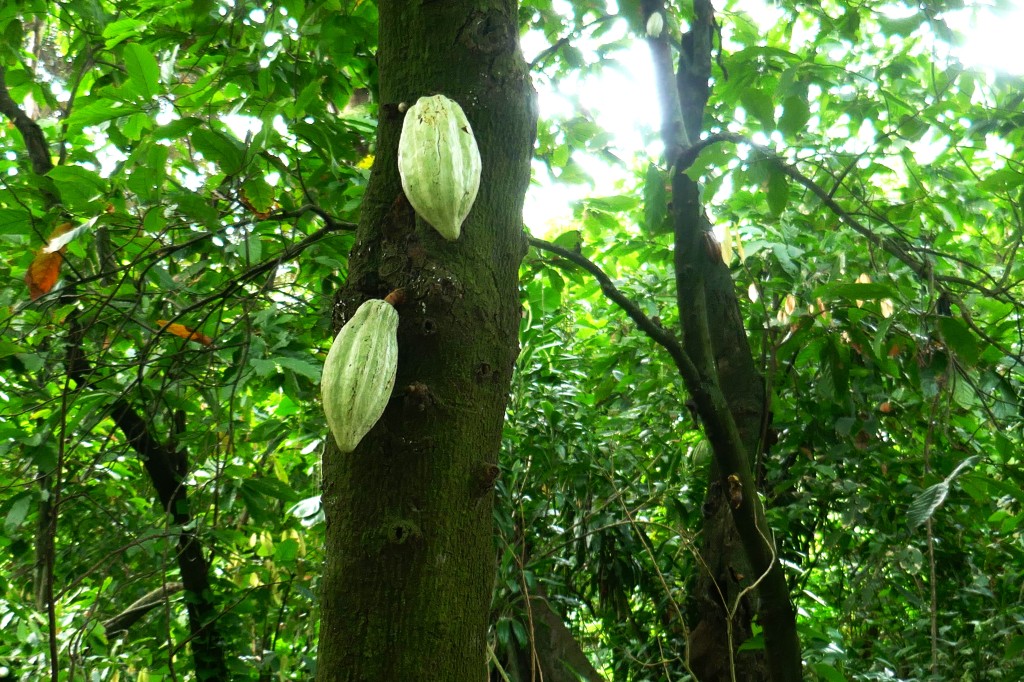
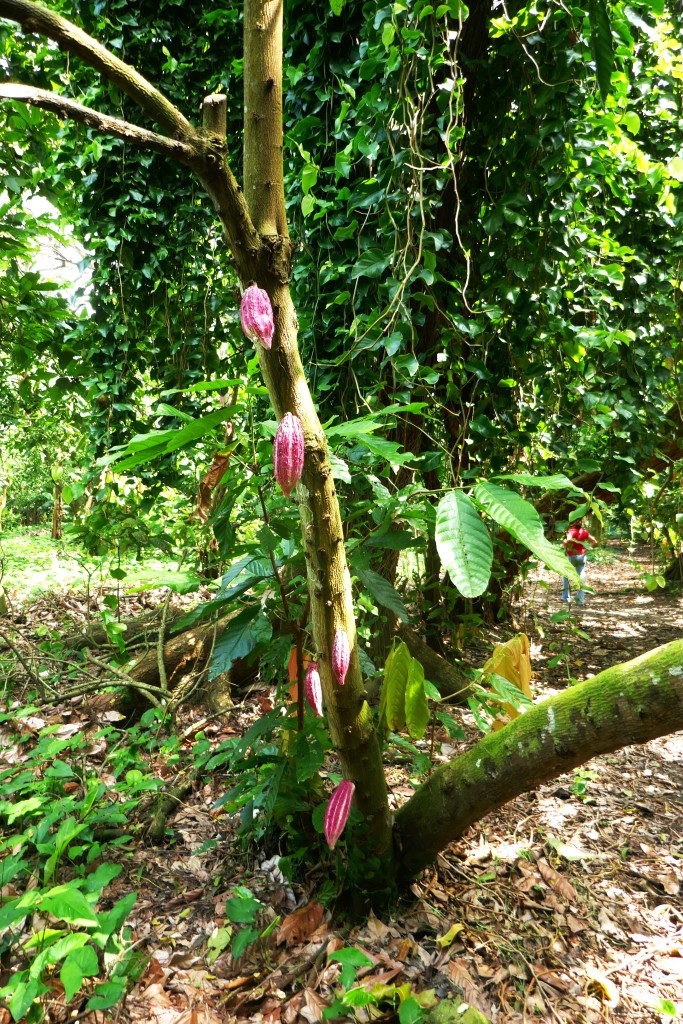
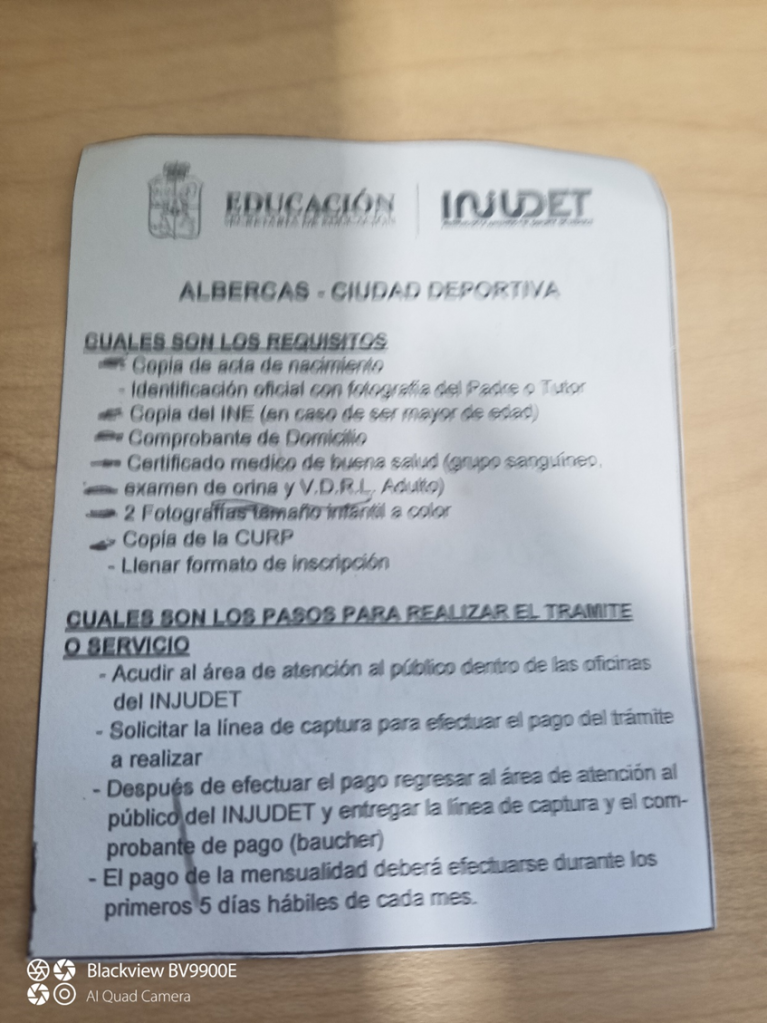
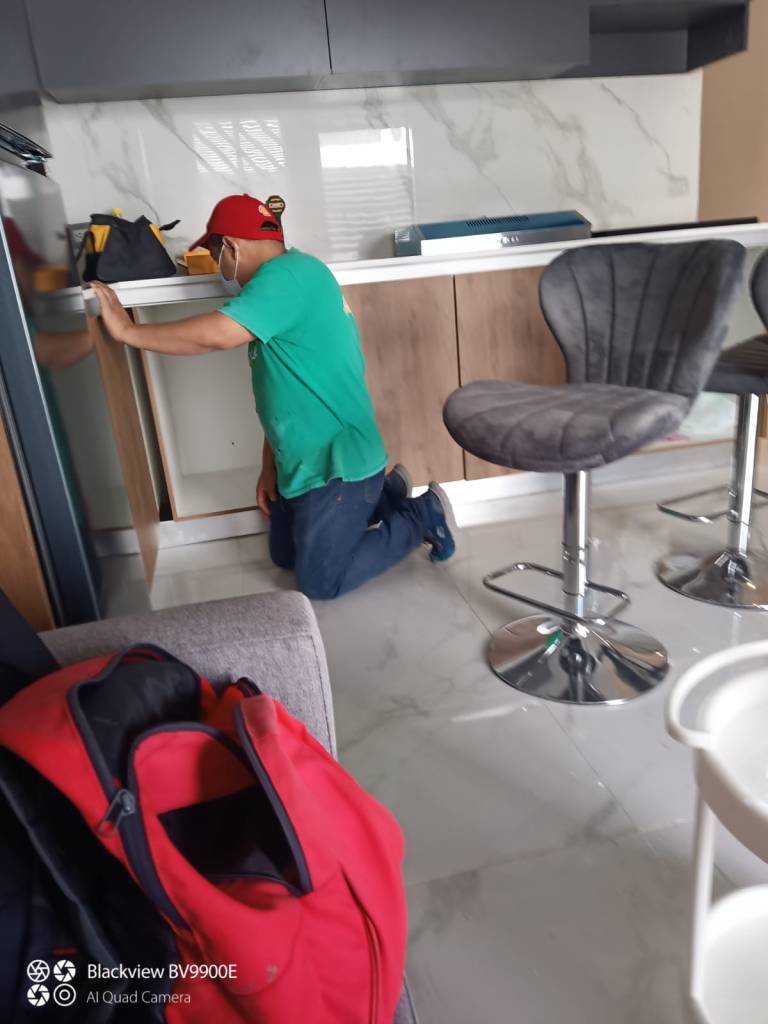
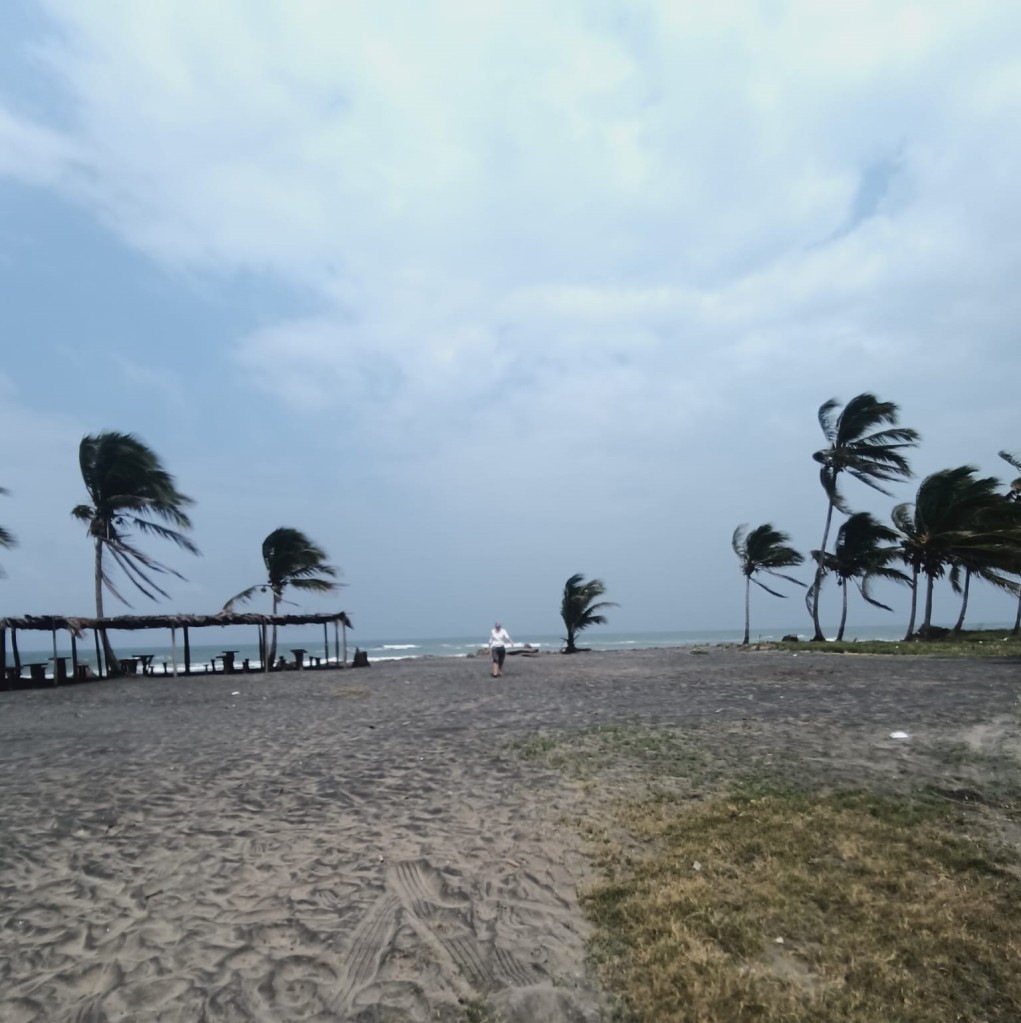
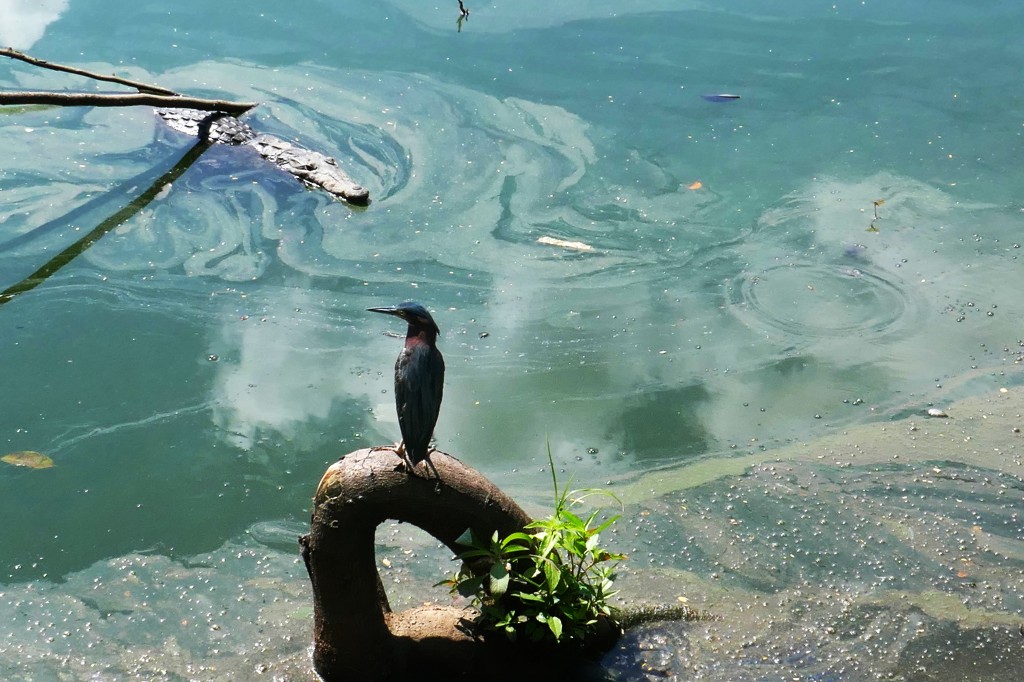
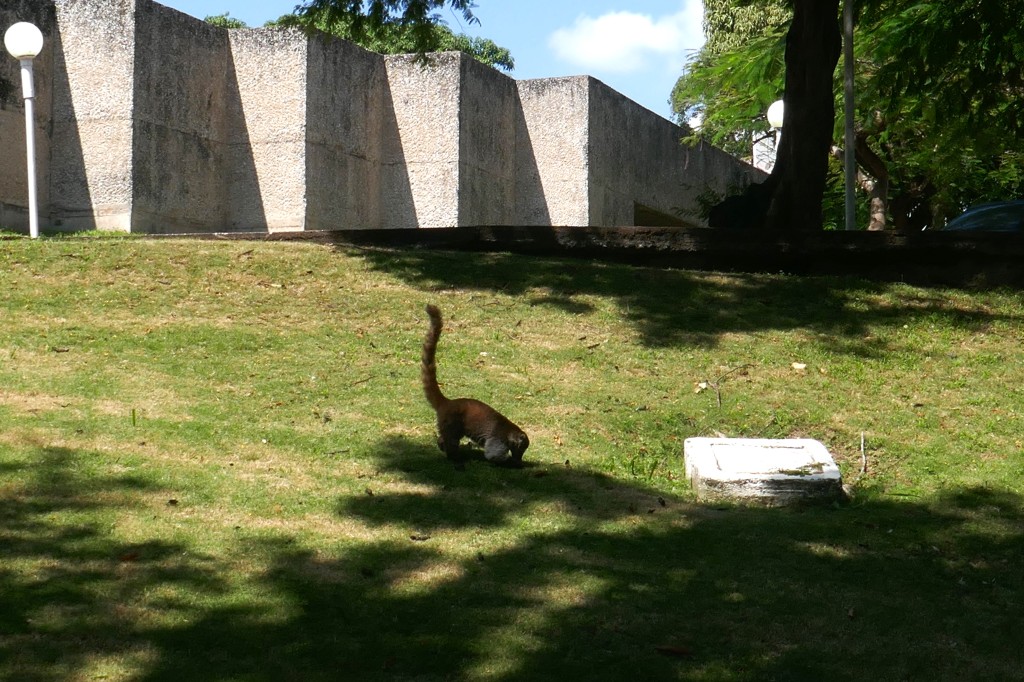
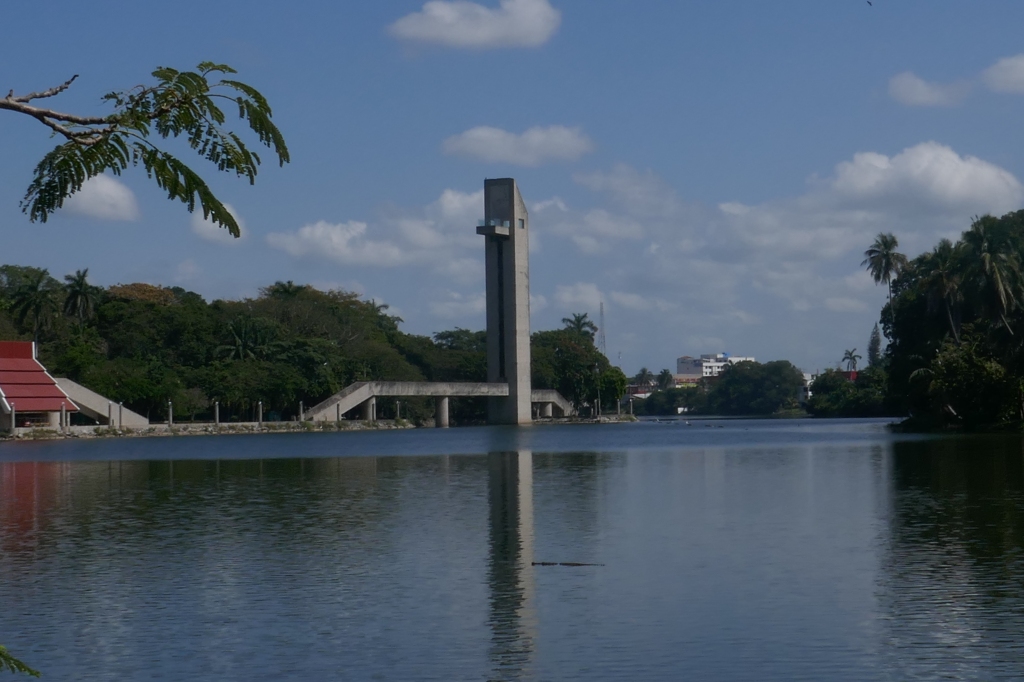
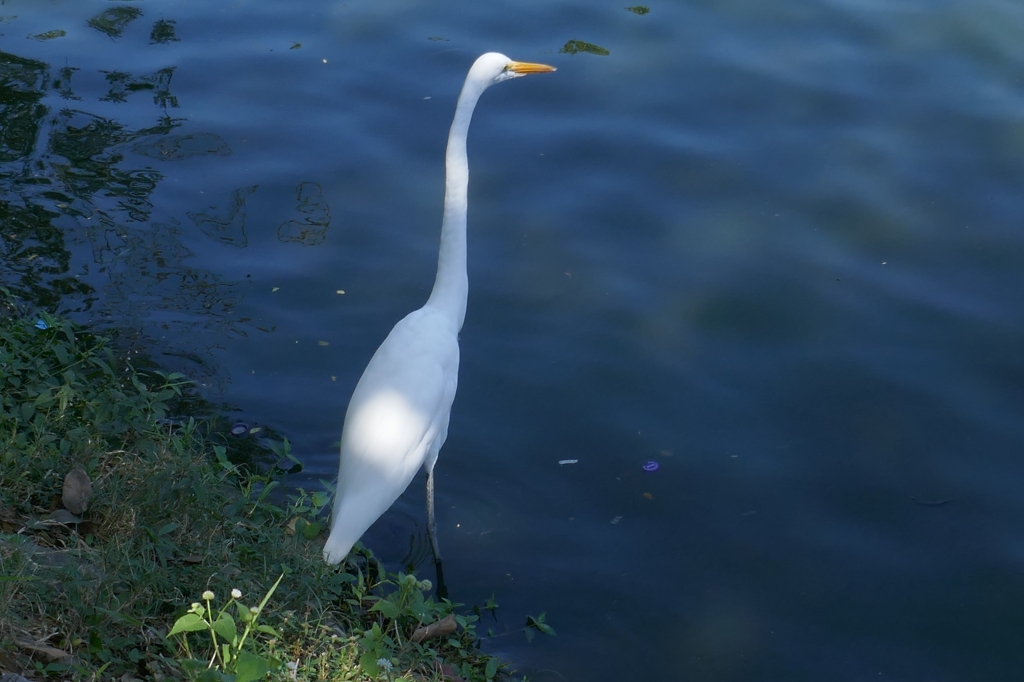
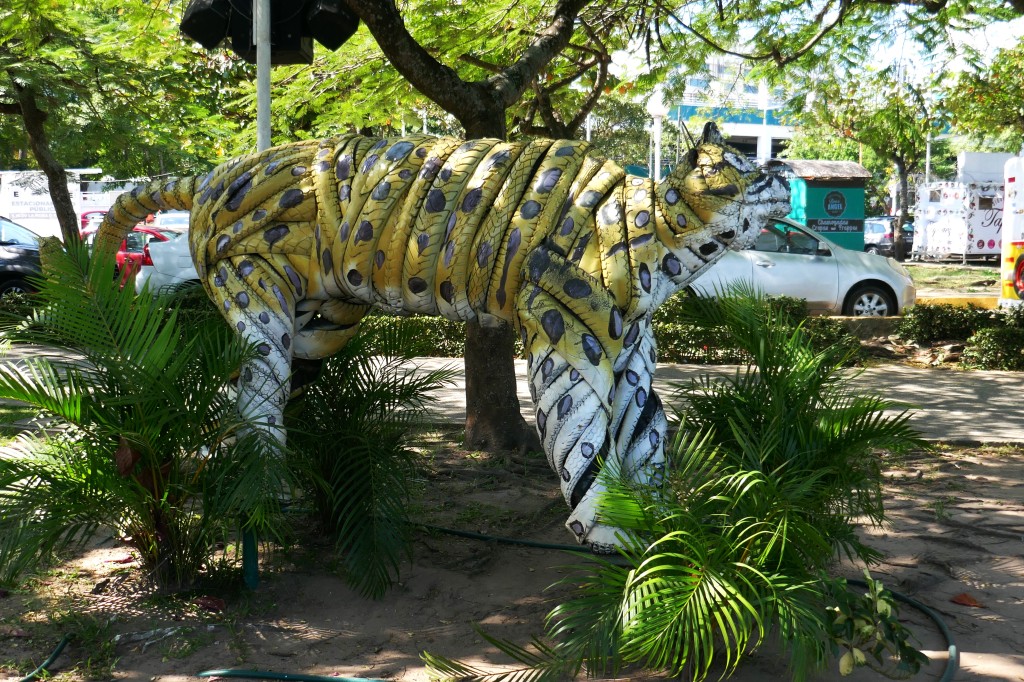
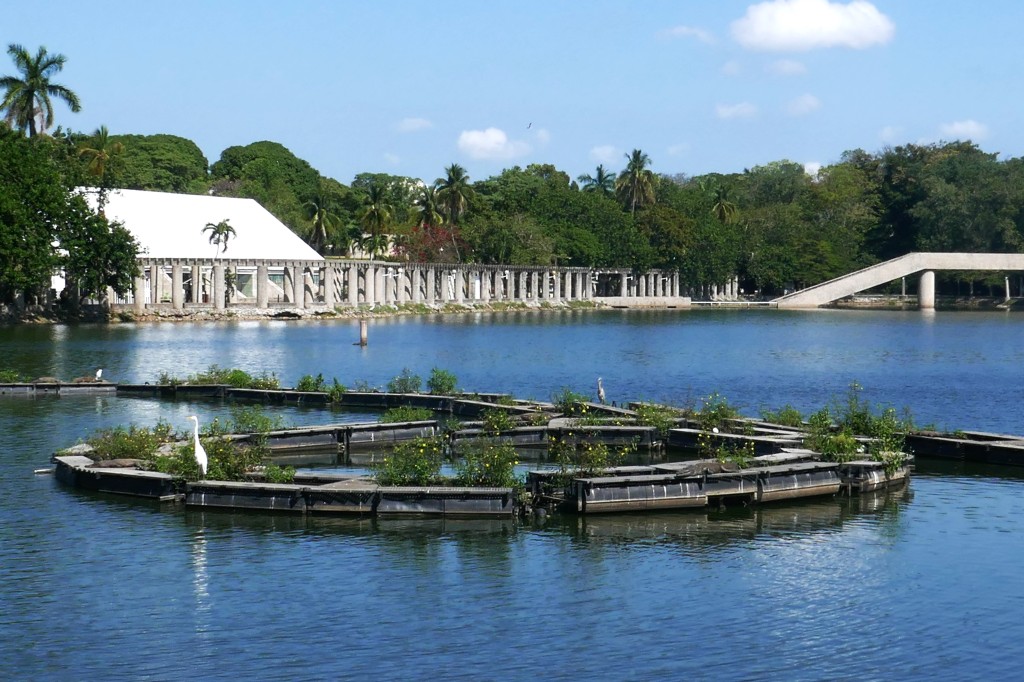
Recente reacties